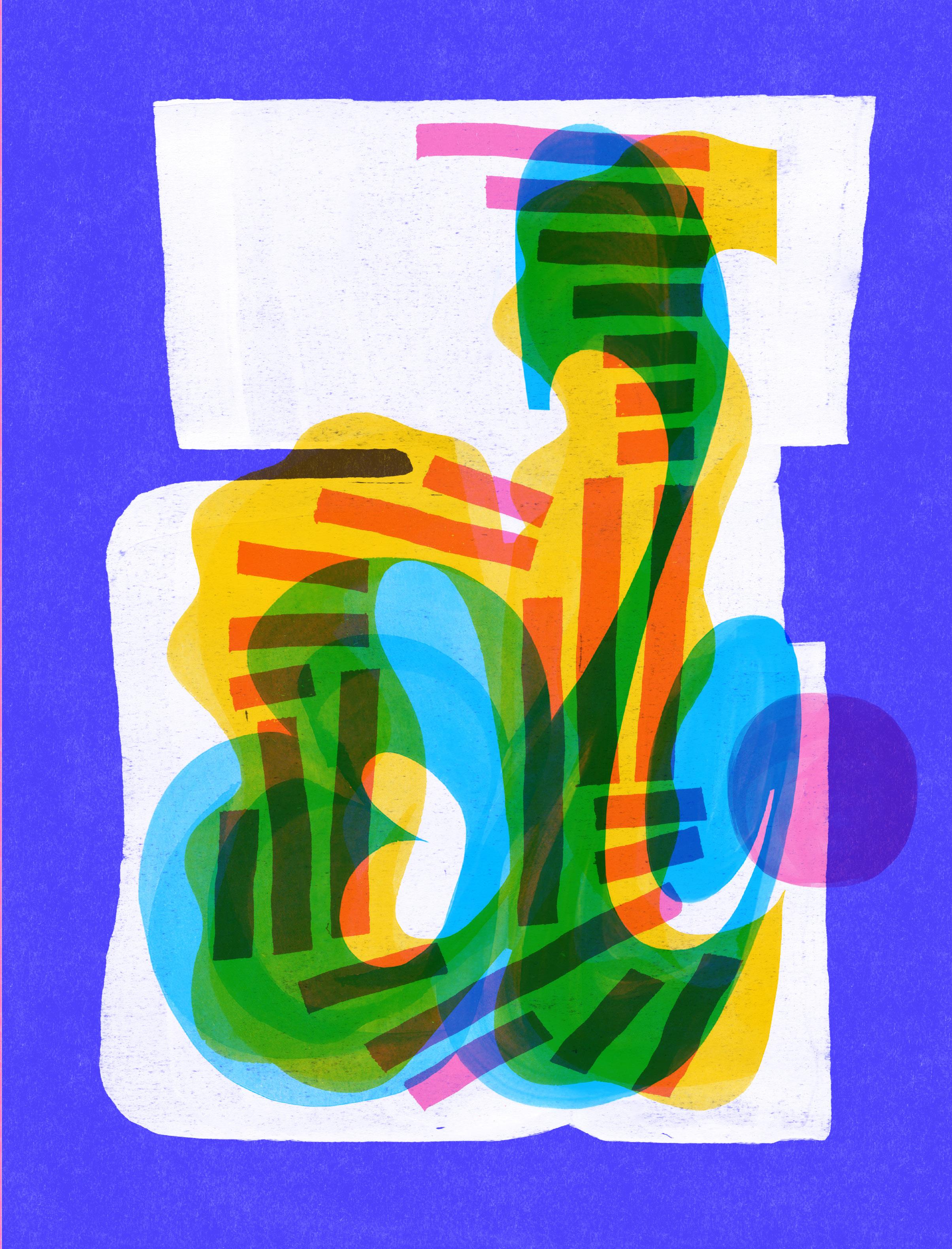
d.school Yearbook 2022–2023
Stanford

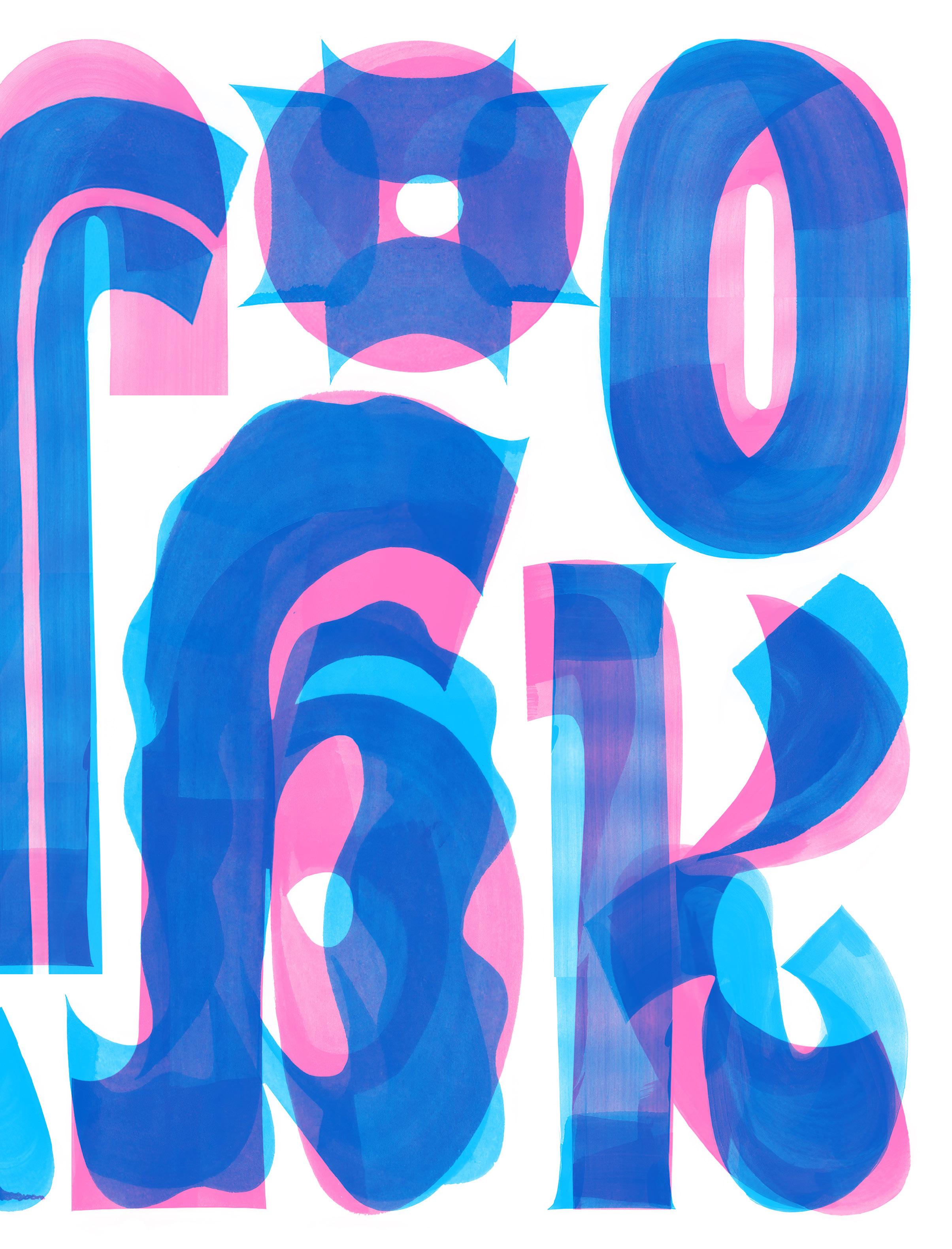



This year brought a new level of electrifying charge at the d.school. I almost mean that literally–walking through our building you can feel a tangible, creative humming like there might be a live wire close by. Our new degree programs continued to take shape, and students really took notice. We built new tools for learning, and built out ideas that have been steadily simmering and are now ready to publish. We created space for imagination and spaces for connection. The vitality of the place and the people who make it real every day is practically sparking off these pages! I hope exploring this yearbook ignites something for you too.
—Sarah Stein Greenberg
Introducing the Four Pillars of Design
We’ve identified four interconnected pillars of design to help guide the mission of the d.school: Make, Care, Adapt, Spark. These shared principles are one of the tools we’re using to build a design program for the future. They’re featured throughout these pages.
Teach & Learn
Shaping Curriculum and Community in a Changing World
Impact & Access
Explore & Imagine
Building the Future Foundations of Design
45
3
29 1 d.SCHOOL YEARBOOK 2022 2023
Sharing Design Ideas and Tools
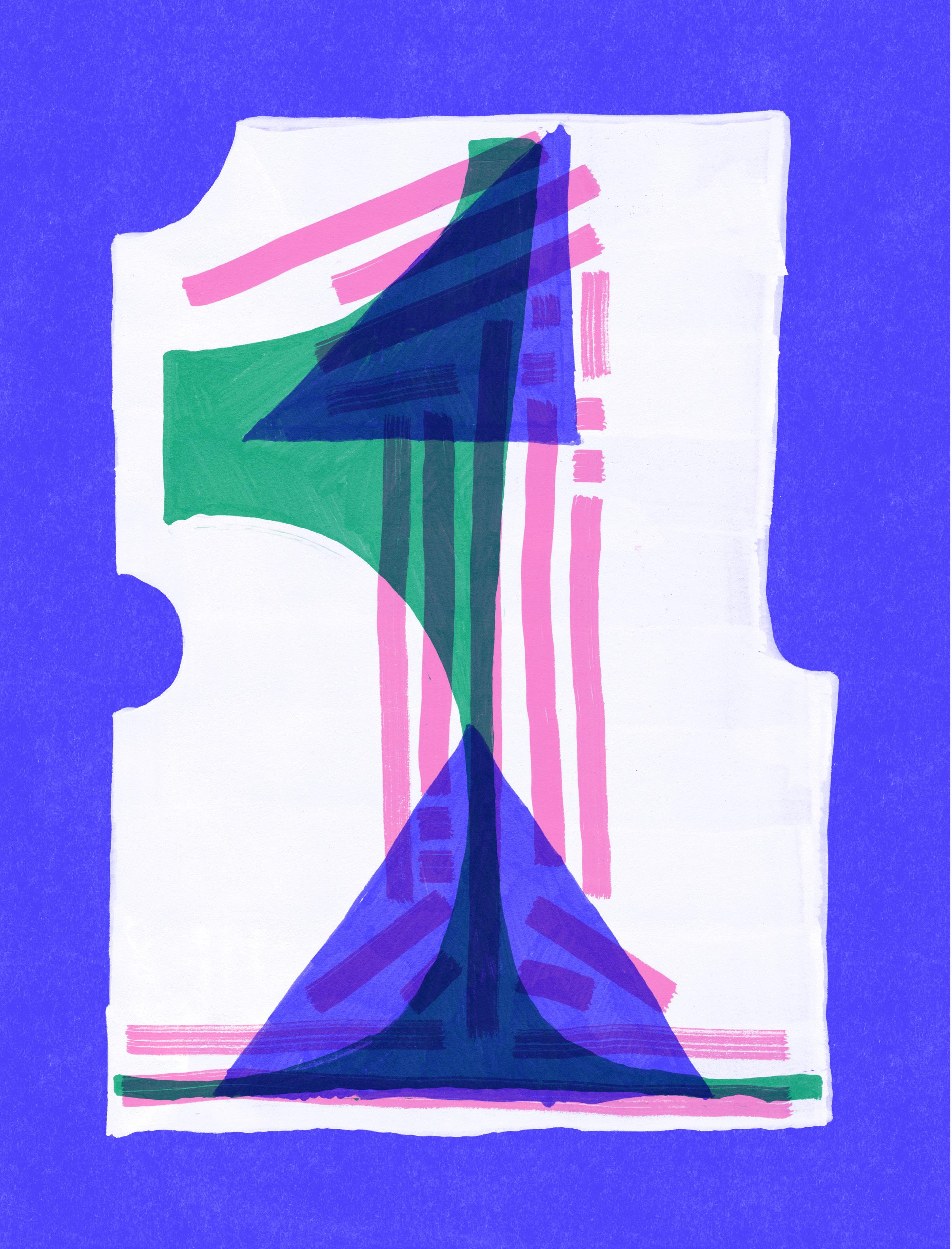

Shaping Curriculum and Community in a Changing World
We’ve accomplished something extraordinary.
This year marked the first year running the new BS and MS Design degree programs, along with our suite of university-wide elective courses. This was a momentous feat. Students are declaring the new major. Graduates are being hooded on a design stage. The curriculum we’ve
By Carissa Carter
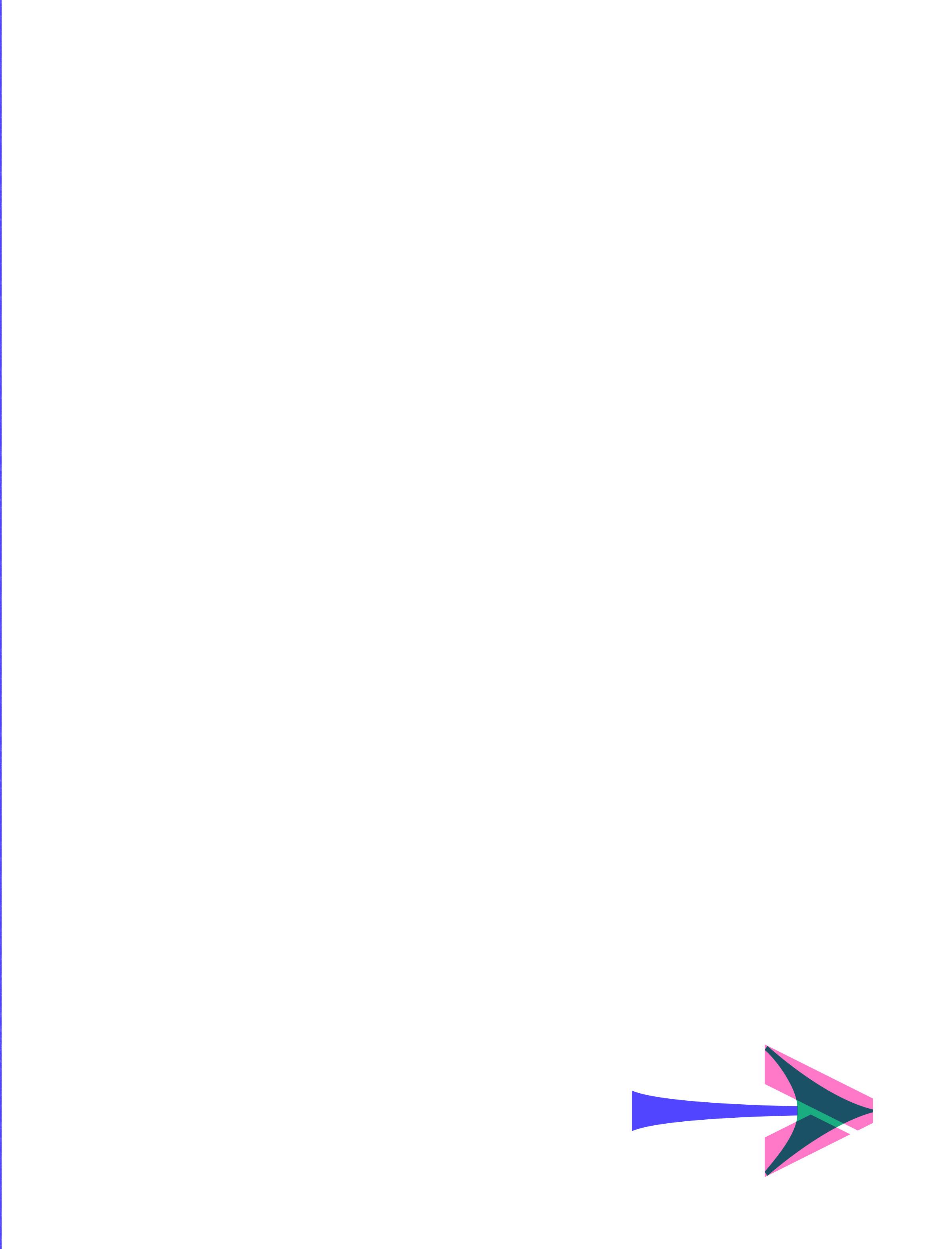
built is shaping the next generation of designers. They will take on the world with the abilities, tools, and confidence gained at Stanford. After a multiyear collaborative effort through a pandemic and across the wild landscape of generative AI, the reverse of affirmative action, on an ever-extreme planet, the program we’ve built for the next generation is afoot.

And the students, they are here for it. Courses in the undergraduate design core sequence saw high enrollments (around 130 percent of years prior). I don’t want to over-index on numbers, as the forces driving them are mixed, but the overall outcome is that design is in demand, and we’re focusing on ways of expanding access to the major in the years ahead. There is design work to do and help needed. We need to offer core courses during multiple quarters, expand our pool of lecturers, and continue to build out and enhance the curriculum. But for now, we can celebrate what we’ve begun and examine it within the context of the world today.
In our first year, we focused on shifts in the undergraduate design core sequence. Part of this was the development of Design 1, led by Louie Montoya. Louie built the course to meet students in their first and second years of study at Stanford and give them a lens into design as a discipline and a potential major. Intended for Fall 2023 and Spring 2024, Design 1 has the potential to welcome those who may not have considered a major in the School of Engineering or might not have been exposed to design in high school. In parallel, we offered two Introductory Seminars (IntroSems), a specific Stanford category of course (small, hands-on, also for first and second year students) focused on exploring select aspects of design. Tinkering with Inequity in Emerging Tech, taught by Ariam Mogos, combines
design work with historical analysis, discussions of bias, and speculative futures. How to Shoot for the Moon, taught by Debbie Senesky, Miki Sode, and Seamus Yu Harte, challenges students to integrate aerospace engineering with design and build for a future where outer space is integrated with life on Earth. Both IntroSems are other ways in for young students.
Our graduate students continue to impress. Second-year student capstones included Oleo: Sustainable Palm Oil Solutions, a venture launched by Gabriella Dweck and Kelly Redmond to create a sustainable replacement for palm oil. Laura Schütz designed a sonification method to localize breast cancer tumors. Masters students are working across a wide array of design spaces. They’re building physical products, experimenting with multi-stakeholder experiences, and addressing the systems that constrain or empower their creations.
Larger context always shapes design work. It stifles us, provokes us, and unlocks us. In 2022–23, we saw the Supreme Court reverse affirmative action. This will affect graduate admissions, but our team under Megan Stariha, Reneé Chao, and Colton Brasel has built a robust rubric for evaluation of candidates that upholds our commitment to building a diverse class of students within the parameters of the new law. Meanwhile, our climate continues to deteriorate. Perhaps we should be most alarmed that we’re settling into it, forgetting. Five years ago we didn’t have a fire season in the Bay Area. We must use design to keep climate at the top of our minds.
Arguably the largest global shift in 2022–2023 was the rise of generative AI. ChatGPT, Midjourney, and friends splashed on the scene. We customized AI policies in our courses and experimented with ways to use GenAI as a tool for design work. All good things, but there is another phenomenon looming.
TEACH & LEARN 4
When you work really hard at something, you care about it. You remember it. The easier a task is, the less invested you are. This, I believe, is an effect of generative AI that we must pay attention to as designers. In 1997 I rode my bicycle across the United States, from Richmond, VA, to Santa Monica, CA. Every day, 70–100 miles, for seven weeks. The thing is, when you move that slowly across the country under your own power, you really feel it. At bike scale, the Ozarks are much more formidable a mountain range than the Rockies. Roads just go straight up and down. There are no gentle switchbacks to ease you over. There’s a 3,000-foot elevation gain between the east and west ends of Kansas . . . so while “flat” . . . it’s also . . . always . . . relentlessly . . . uphill. Cross-country on a bike is an all-consuming effort of the mind and body.
I’ve driven across the country too. It took about five days with a full car and cheap hotel stays. At car scale, the cross-country trip is about views and conversations. It’s a trip for the mind. The body is there, but mildly uncomfortable from hours of sitting. I’ve also flown across the country many times. The trips that are memorable are the ones where something went ridiculously awry. At flight scale, you forget the triumph that is crossing 3,500 miles and watch a couple movies instead. The mind gets to be somewhere else.
Generative AI has great promise, but like a country crossed by plane, when we can do an impossible task in mere seconds, we don’t care about it as much as if we’d worked hard for the results. And caring about design work is important. In a time when mental health teeters at crisis points, caring matters. Yes, this may be the same as the rise of each new technological tool that made lives “easier” throughout human history, but this one is in our hands as designers and educators. Generative AI is going to remix our palette for caring.
That said, our community of students, instructors, staff, alumni, affiliates, and supporters uphold the care pillar like none other. It was a monumental year for the academic program, and we’re poised for the decades to come.

Renée Chao Receives the Kay Bradley Award
As part of the 2023 graduation ceremony, Renée Chao, the Design Student Experience Lead, received the Kay Bradley Award in recognition of her extraordinary dedication to student service. The award is given annually to a staff member in the School of Engineering who serves students with the same level of professionalism, friendliness, integrity, and devotion as Kay Bradley. Nominations are made by students, former students, faculty, and other staff. This acknowledgment is a testament to Renée’s significant impact on student life at Stanford.
Spotlighting (in)Visible Designers: The Black and Missing Foundation
The Black and Missing Foundation (BAMFI) is a nonprofit 501(c)(3) organization whose mission is to bring awareness to missing persons of color, provide vital resources and tools to a missing person’s families and friends, and to educate the minority community on personal safety. Community Design Lead Milan Drake invited the founders, Natalie Wilson and Derrica Wilson, to work with the d.school. Milan, along with cohosts Aleta Hayes (lecturer, Stanford TAPS) and Felicia Smith (Racial Justice and Social Equity Librarian at Stanford), engaged Natalie and Derrica in a live podcast for the (in)Visible Designers series. Milan, Natalie, and Derrica also cocreated a 10-week elective course with Michael Berry and Michelle Jia that challenged d.school students to reflect deeply on systemic racism and racial biases.
5 d.SCHOOL YEARBOOK 2022 2023
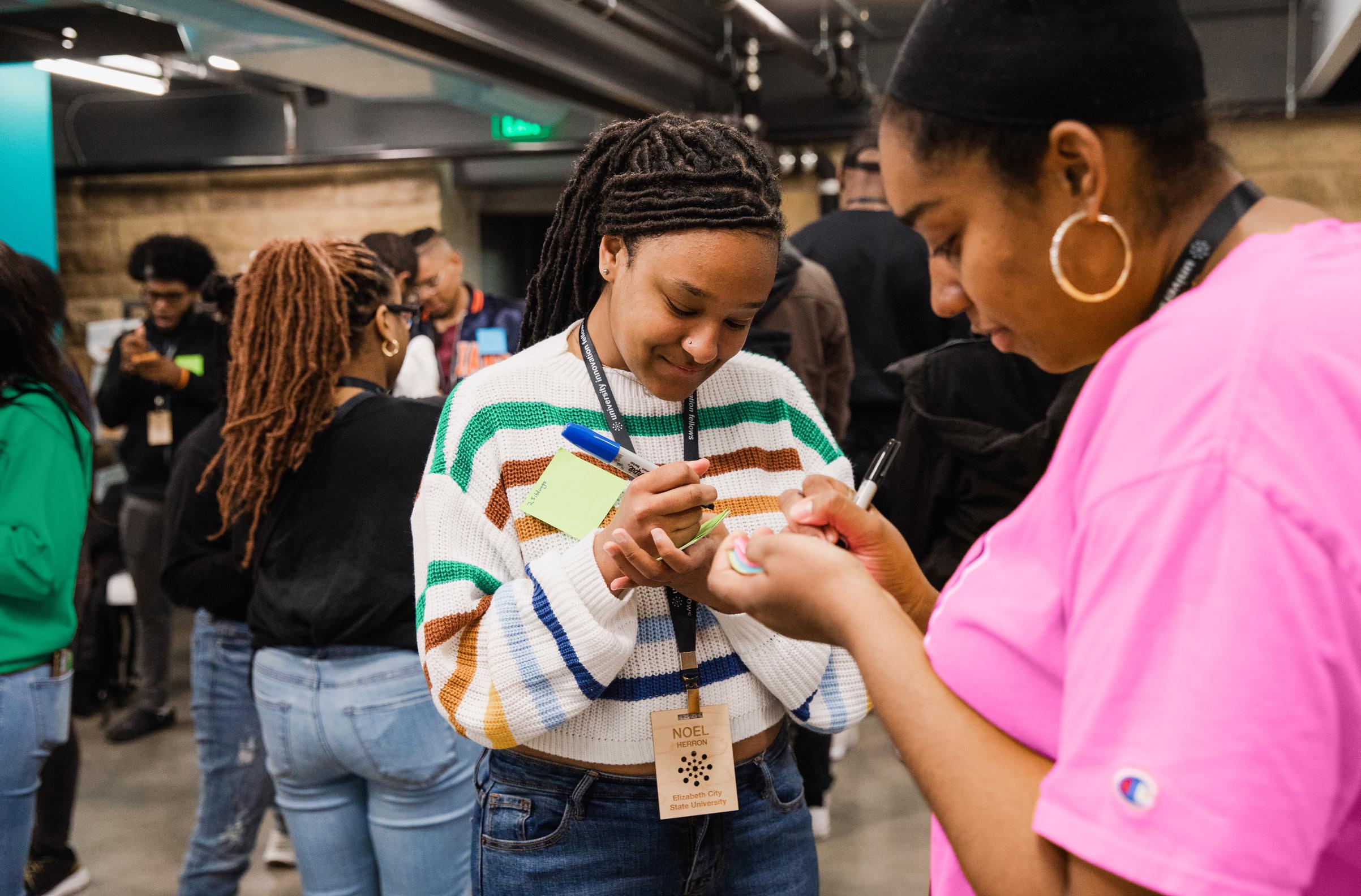

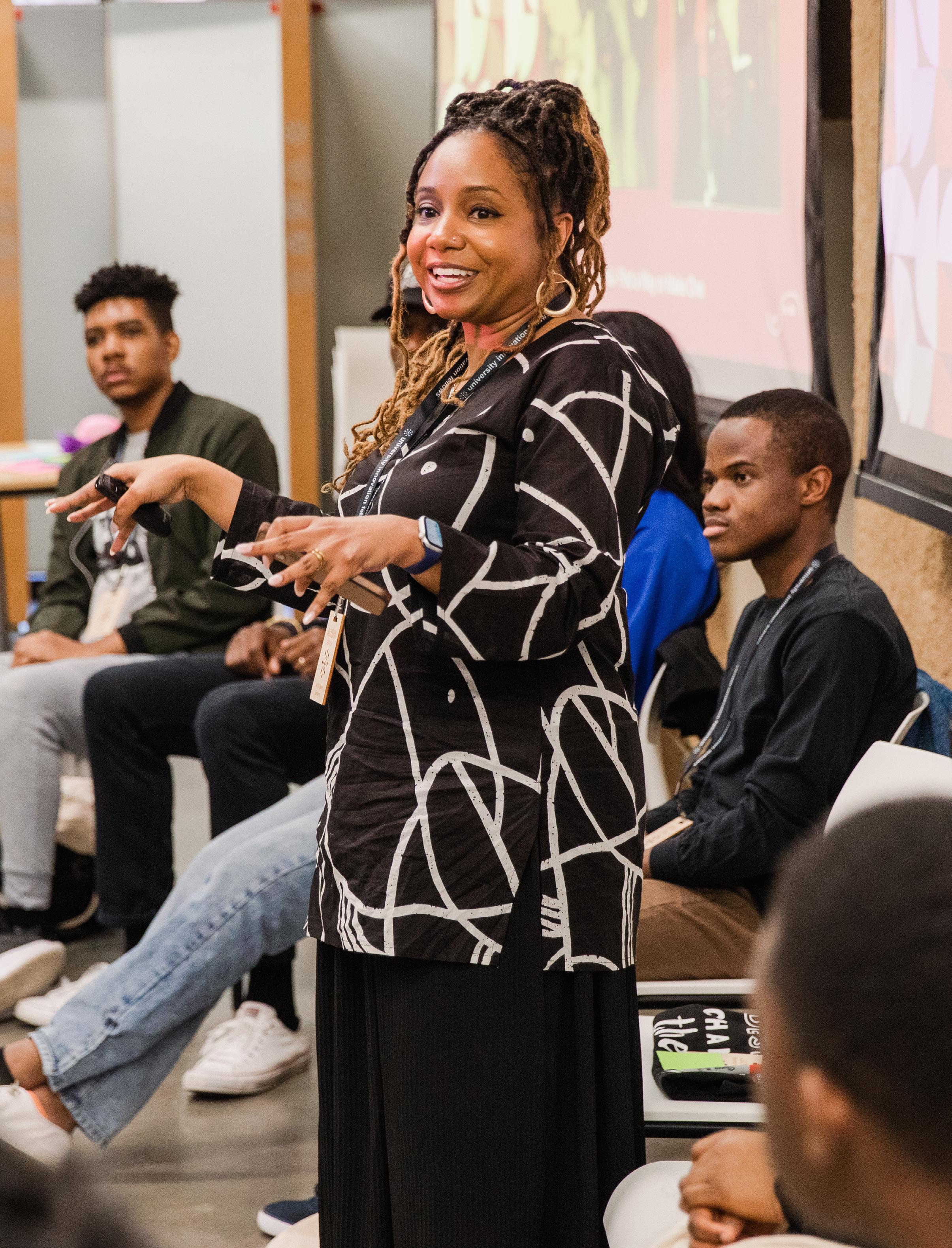

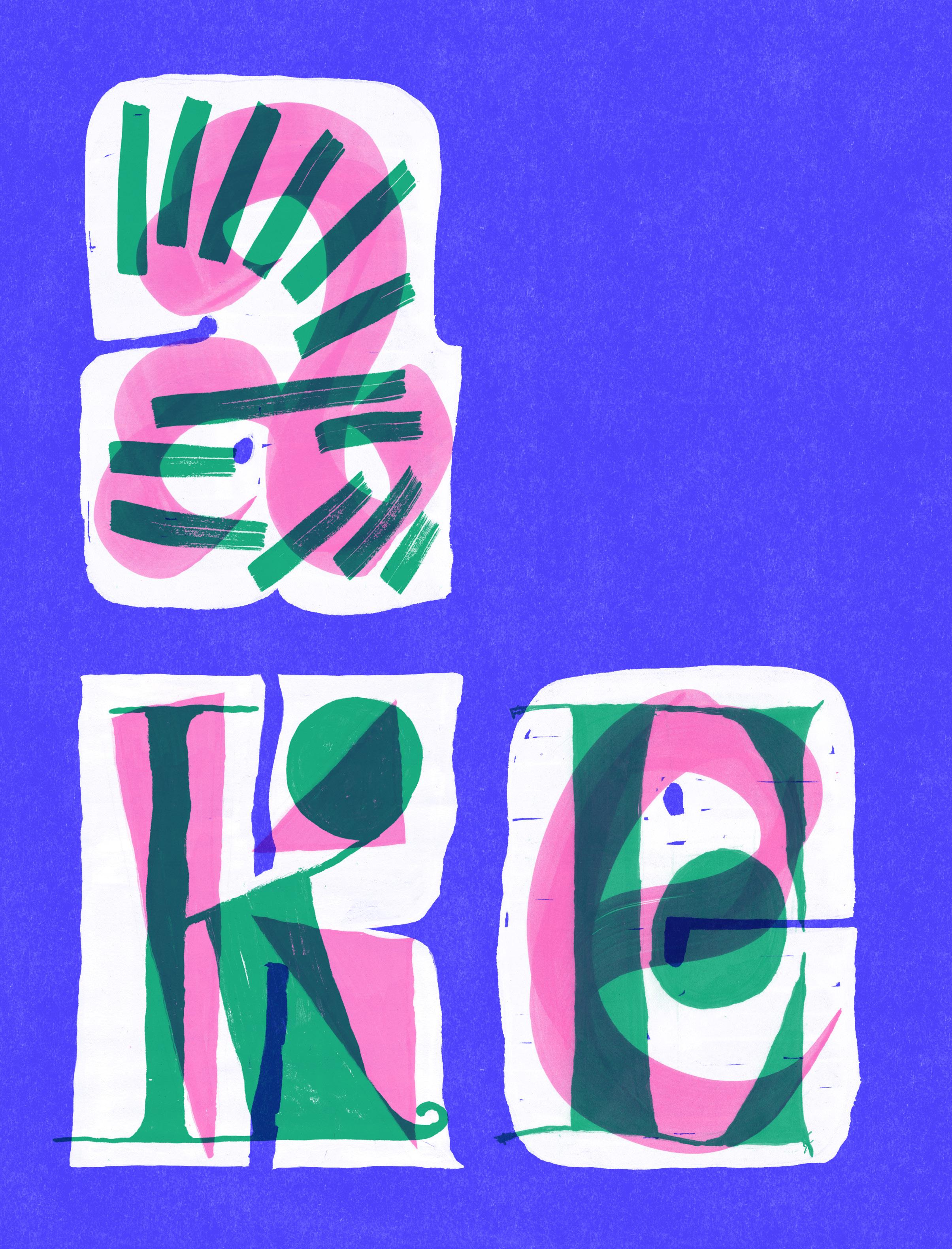
and make across all mediums, existing and emerging, with a particular fluency in a
Make. The ability to prototype
chosen area.
Celebrating a d.school First
By Carissa Carter

The
graduation ceremony for the new BS and MS in Design program bridged seventy years of rich legacy with the promise of a thoughtful future, and epitomized the next chapter in
Stanford design
.
TEACH & LEARN 10
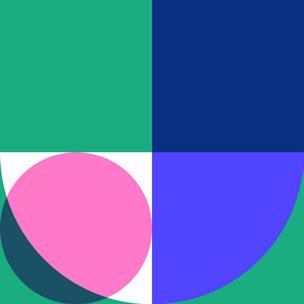
June 18, 2023 marked a pivotal moment in the storied history of design education at Stanford: our first solo graduation ceremony. In all, 54 undergrads and 16 masters students graduated as newly minted designers.
Recognizing Student Excellence
Student Sonya Kotov, speaking for the master’s graduates, offered a narrative that intertwined personal growth with future potential.
Reflecting on receiving the book The Good Ancestor by Roman Krznaric as summer reading before her first quarter of classes, she underlined the
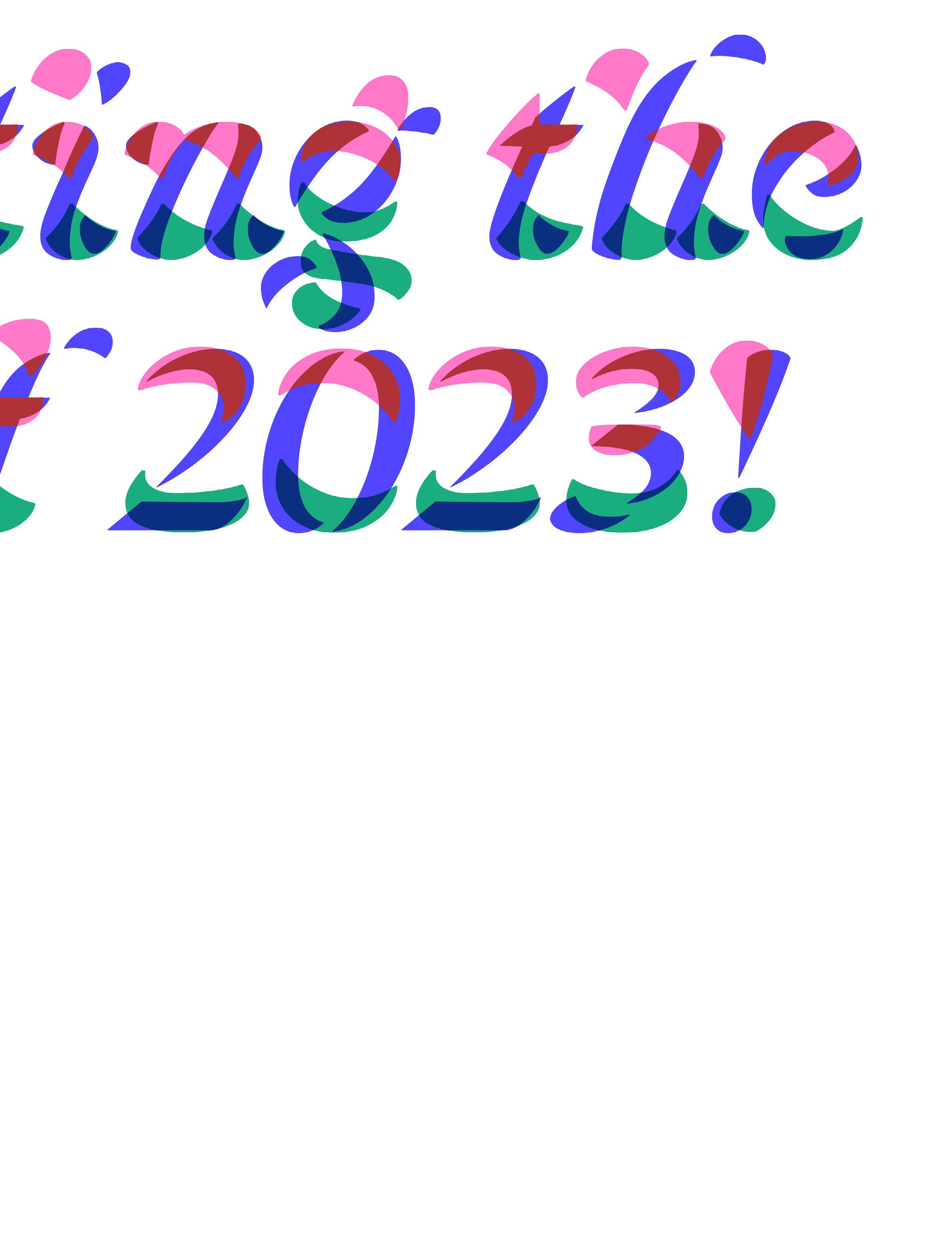
importance of active engagement in shaping the future: “The future doesn’t have to happen to you. It can happen because of you.”
Rayouf Alhumedhi, student speaker representing the undergraduate class, used the metaphor of the whiteboard to symbolize the design learning experience, highlighting the journey through uncertainty and innovation. Sharing her personal story of championing the hijab emoji, she highlighted the courage required to challenge norms and make meaningful change. “Navigating uncertainty offers us the launchpad to push boundaries,” she remarked. This is the essence of a designer’s journey.
11 d.SCHOOL YEARBOOK 2022 2023
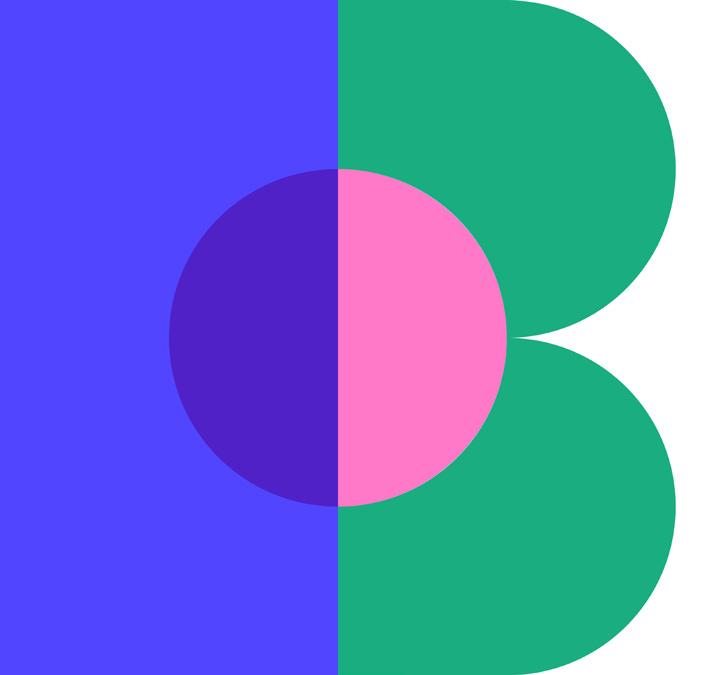
Beyond celebrating the graduates, the ceremony also recognized the exceptional achievements of several students. The Robert H. McKim Award, celebrating outstanding work in the undergraduate capstone class, was awarded to Max Harris, Elena Kamas, Enya Lu, and Breanna Sandoval for their inventive twoplayer pinball game project, “Players,“ which taught problem solving and encouraged socialization.
Selected by design faculty and several guest jurors, this year’s MS Design Project Award went to Laura Schütz. This award is given to an individual or team based on outstanding achievement in their year–long, self–directed master’s project. Laura developed a new technology for sonifying and localizing tumors in breast cancer patients. Breast cancer surgeons testing her design have already had increased accuracy in excising tumors. Her work has the potential to affect millions of lives.
In a notable dual win as voted on by their peers, Kaylin Rochford and Antonio Rafael Medina Perez were honored with the Design Community Service Award for their extraordinary contributions to the Stanford design community, exemplifying leadership and community building.
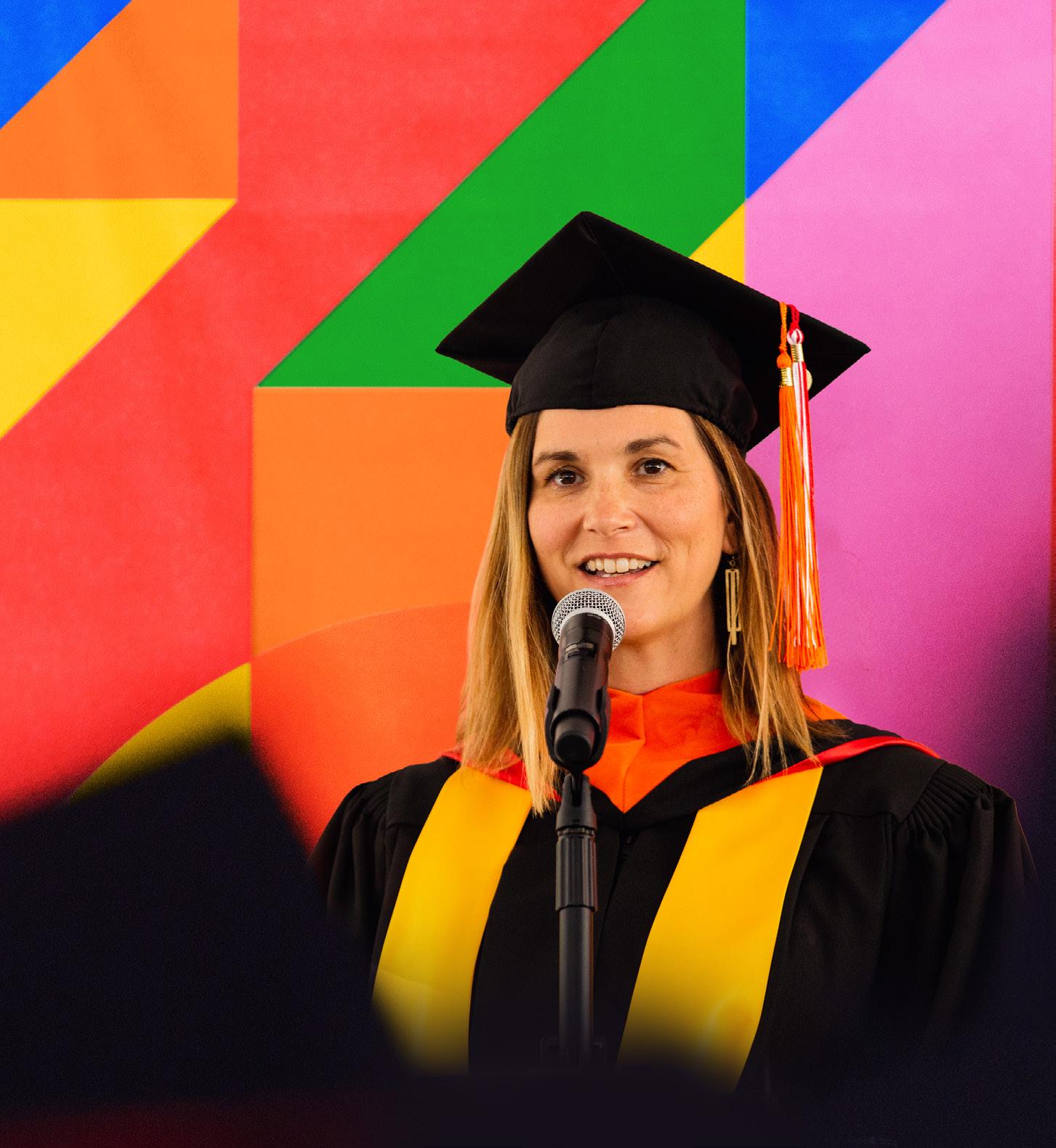
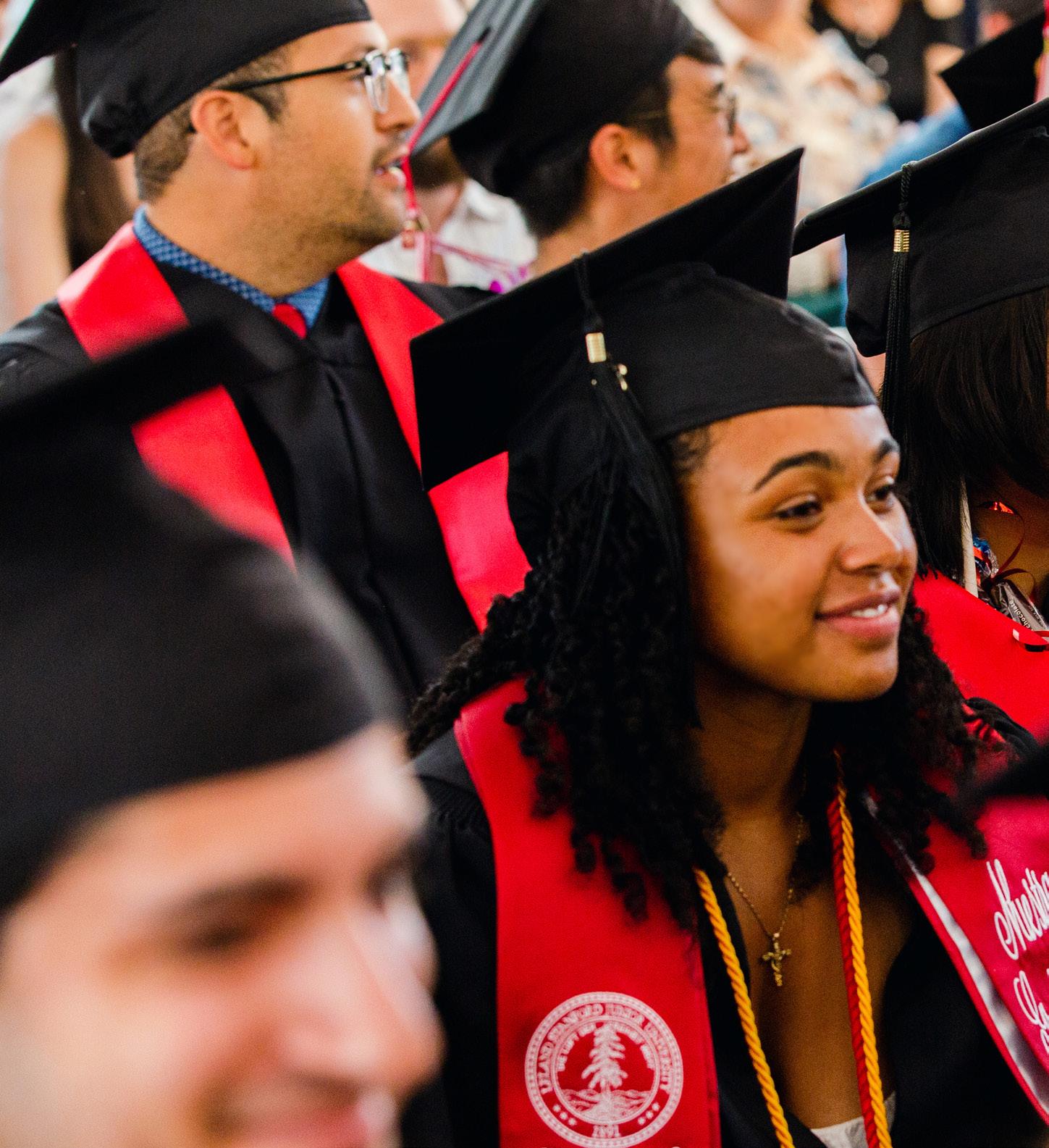
12

A Nod to Support
The event was more than a formal convocation; it was a lively and heartfelt celebration of the graduates’ journey, recognizing both their achievements and the potential that lies ahead, with their families proud faces in the crowd. It also served as an expression of gratitude to the faculty, instructors, and mentors whose guidance was crucial in shaping the graduates’ creative and critical thinking. Thank you to the parents, families, and friends for providing unwavering support and encouragement throughout your students’ academic journey.
The 2023 Design Diploma Ceremony at Stanford will be remembered as a vibrant celebration of the transformative power of design, the resilience of its practitioners, and the supportive community that fosters such talent. Almost everyone at the d.school contributed to the ceremony in some way. Along with Renée Chao, Amanda Tiet and Charlotte Burgess-Auburn designed every element of the day, from the stage layout and graphics to the order of the procession, to the flow of families from lunch to line-up. It was an incredible feat that we’ll remember for decades. The graduates are ready to make their mark on the world. Congratulations class of 2023!
To read Sonya’s and Rayouf’s commencement speeches, and to see a list of the graduating class, use the QR code below.

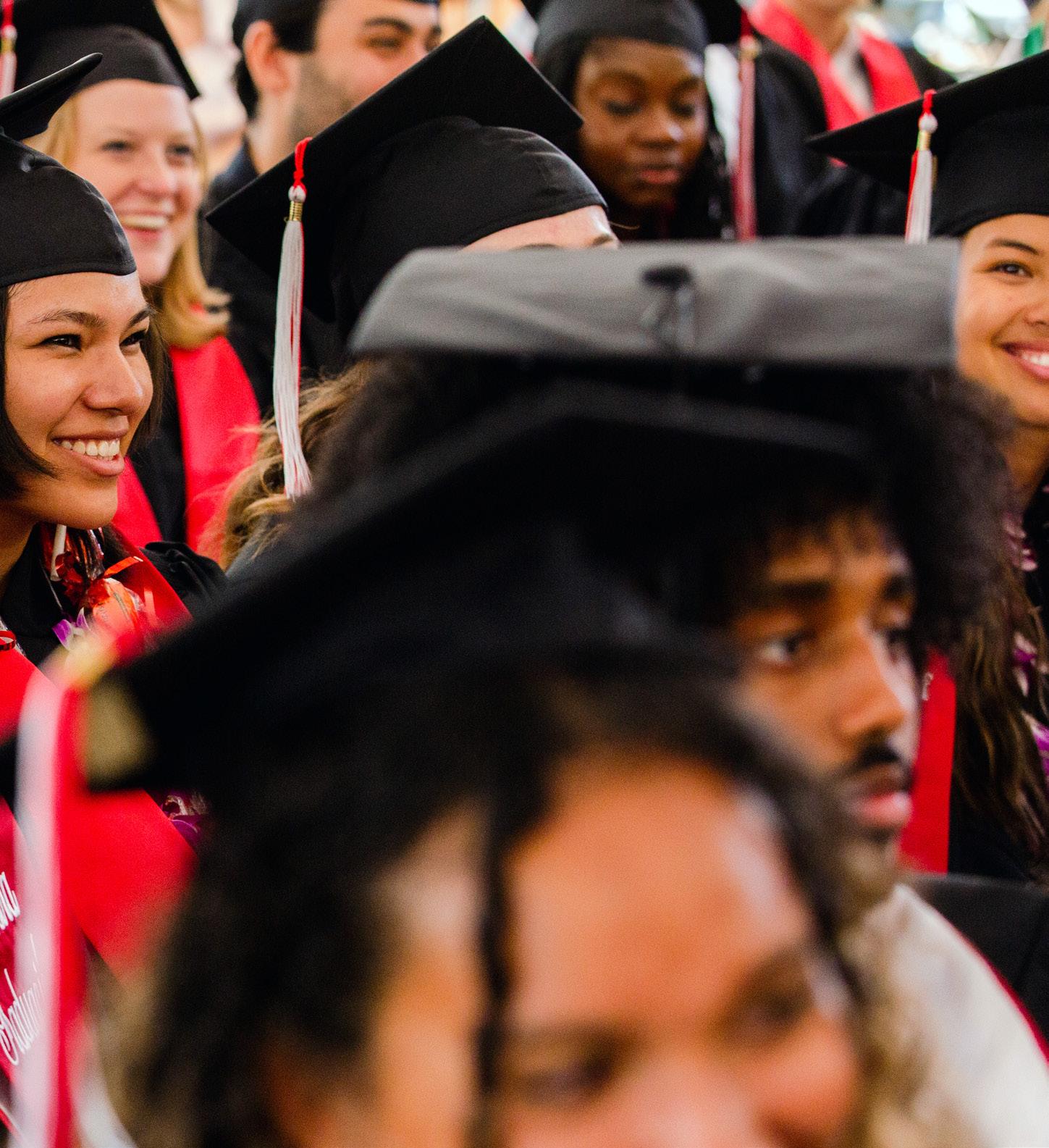
Click here to read more
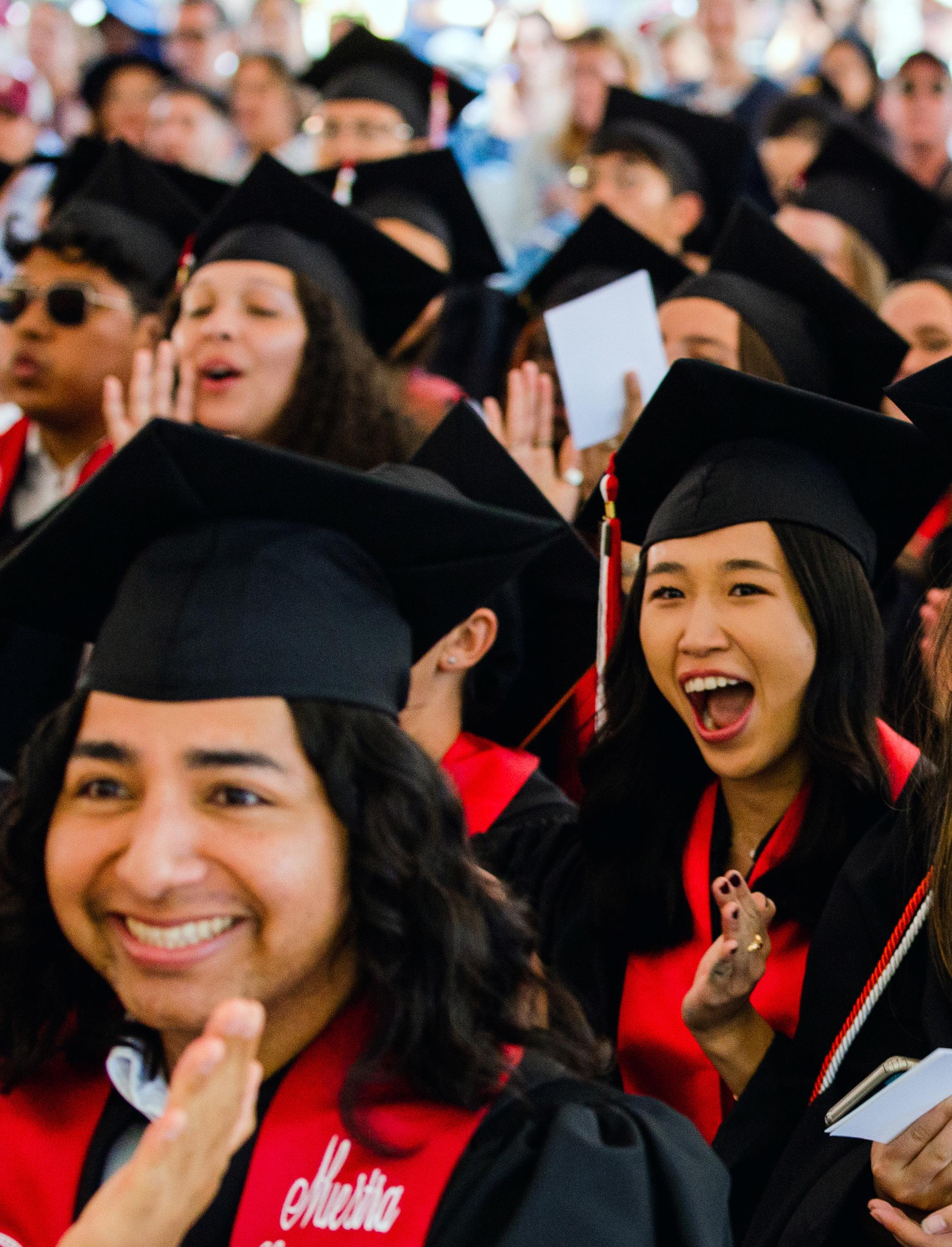

The d.school’s New Electives Program
 By Seamus Yu Harte
By Seamus Yu Harte
In light of the new degree program, we’re taking a new and bold approach to developing our electives.
TEACH & LEARN
16


Originally, electives were the entirety of the d.school. The d.school was an interdisciplinary hub where any Stanford student on campus could learn how design might work in their area of study. With the creation of the Interdisciplinary Design Program (IDP), the undergraduate and graduate design degree programs, how we think about our electives program has shifted. We still have an interdisciplinary focus, and we still invite all Stanford students to take classes with us. However, with the degree programs now being at the center or our work, we’re seeing the electives in a new light.
Here’s a metaphor: If the degree programs are the sun, the electives are the planets orbiting that sun. The degree programs are at the center of our work, but the electives are still a dynamic part of our solar system. And as we’re learning more about how this new solar system works, we’ve made two big changes.
The first change is to give our classes a longer runway for launch. Prior to the IDP, we selected courses on a quarter-by-quarter basis. We’re now selecting all courses for the academic year the winter prior, giving instructors much more time to develop resources, gather materials, and find exciting partners to work with.
This change is helping us to focus on Wild Ways of Making. The d.school has always been a place where students can literally get hands on with ways of making. We’ve always done this with use of our prototyping cart, a workshop on wheels that has everything needed for lowresolution prototyping. But as the tools of design have exponentially expanded into emerging technologies,
having more lead time to develop a class gives us more opportunity to build relationships and partner with hardware-specific organizations that may lend us gear to test and explore.
The second change is looking at our electives through the lens of Intro to Advanced Orbital Mechanics: Which classes have more of a gravitational pull toward our degree programs? Our new cosmic relationship to d.school electives gives us a stronger ability to create a greater spectrum of classes, from introductory classes for everyone to more advanced classes catered to those in our degree programs who have developed some design skills.
These huge shifts to the electives program have been wild and messy, exhilarating and a little exhausting. But we’re already seeing the benefits of the changes in incredibly inspiring ways. Take a look at three classes that exemplify the benefits of these shifts:
Timeless ways of making are paired with social activism to teach visual expression in PRINT ON PURPOSE taught by Patrick Fenton, Milan Drake, and Indya McGuffin.
A radical collaboration with Stanford’s Deptartment of Aeronautics and Astronautics explores emerging space technology through a humancentered design lens in the IntroSem HOW TO SHOOT FOR THE MOON taught by Debbie Seneski, Miki Sode, and Seamus Yu Harte.
Dive into state-of-the-art technologies to gain an understanding of how people and society are being shaped by virtual reality, augmented reality, the metaverse, and more in DESIGNING FOR EXTENDED REALITIES taught by Yicheng “YC” Sun, Payam Tabrizian, and Ariam Mogos.
d.SCHOOL YEARBOOK 2022 2023 Click here to read more

The d.school has always been a place where students can

literally get hands-on with ways of making
.


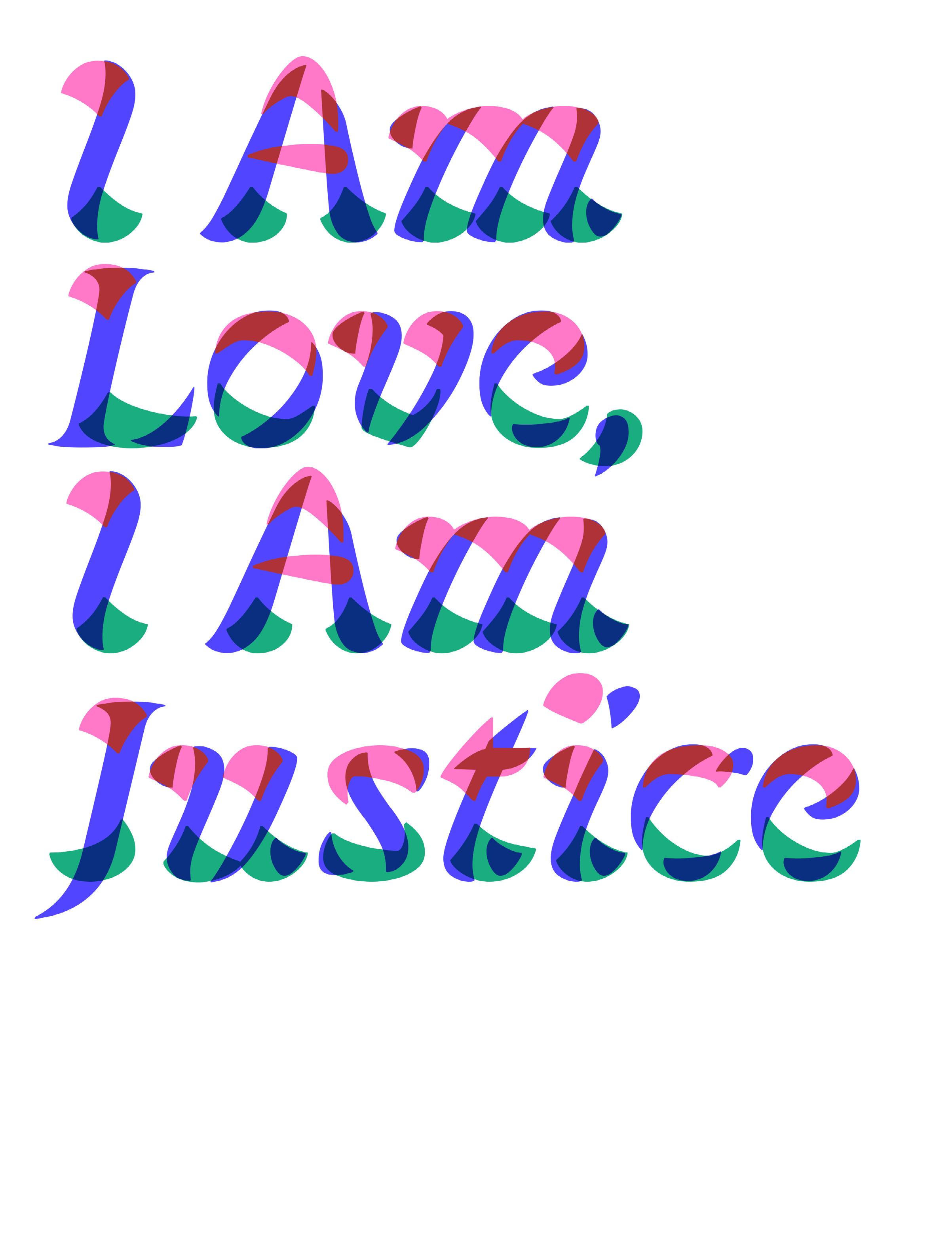
The Path of a LifeGuardian
By Courtlandt Butts
TEACH & LEARN
22
“To achieve our mission, we need to tackle systemic barriers to diversity and inclusion, and build a fundamental sense of belonging for all members of our community.”—From the d.school’s “Our Commitment to Diversity, Inclusion, and Equity”

Last year I worked with the d.school to prototype a path for JEDI (Justice, Equity, Design, and Inclusion) work within the organization, which led to deeper relationships and a clearer understanding of the culture and the needs of the group. This year we embarked on the foundational Path of a LIFEGUARDIAN. Through these learning experiences, I was able to present my three Spheres of Learning and really engage the group in equity work.
Sphere 1: Know Thyself
In Sphere 1: Know Thyself, we explored who we are, looking at the deepest part of ourselves because our inner being shapes our identities. For example, I try to walk in the being of love, hope, transformation, and justice. First, we named our inner being. Then we went through a process that turned these into “I AM” statements—I AM Love, I AM Hope, I AM Transformation, and I AM Justice—which can be applied to any of our identities: a facilitator, a brother, a son, a cisgender Black male. To aid in this process, we used a practice of breathing to focus on our inner voice and/or affirm a value we wanted to

embody for the day. We gathered in groups to discuss why these ways of being are important to us.
To know the whole self we must acknowledge and own the shadow aspects of the self. Once we named our identities and values, we turned to our ways of being that could potentially harm ourselves or others if not given attention. For example, sometimes I can be impatient, cynical, and hopeless. We must develop an intentional practice of anchoring our being in our highest values, otherwise systems of oppression quite literally tell us whom to be and how to behave. This Sphere shows us that we all have to be clear about our own narratives: “For if I distort my own story I have no choice but to distort yours” (John Henrik Clarke).
Sphere 2: Truth from Falsehood
Building upon the first session, Sphere 2: Truth from Falsehood takes us deeper into the core of our humanity by building our capacity to be agents of transformation. We do this by exploring what barriers (triggers and blindspots) present opportunities for an evolution of our consciousness and what abilities we can strive for to reach our fullest human potential.
23 d.SCHOOL YEARBOOK 2022 2023
Sphere 3: Build for Eternity
Through the work of the first two sessions, we were able to prepare ourselves to design our Covenant— our own personal tool to sustain our JEDI work. This tool can be used to replace oppression with Justice, promote Equity, facilitate a just Design of Diversity, and encourage the warm belonging of Inclusion. On the Path of a LifeGuardian, the Covenant is an agreement that you make with yourself on how you will go about the work of justice. It has two parts to consider: the internal confrontation of our shadow and our path toward just and human relationships and the healing of the collective.

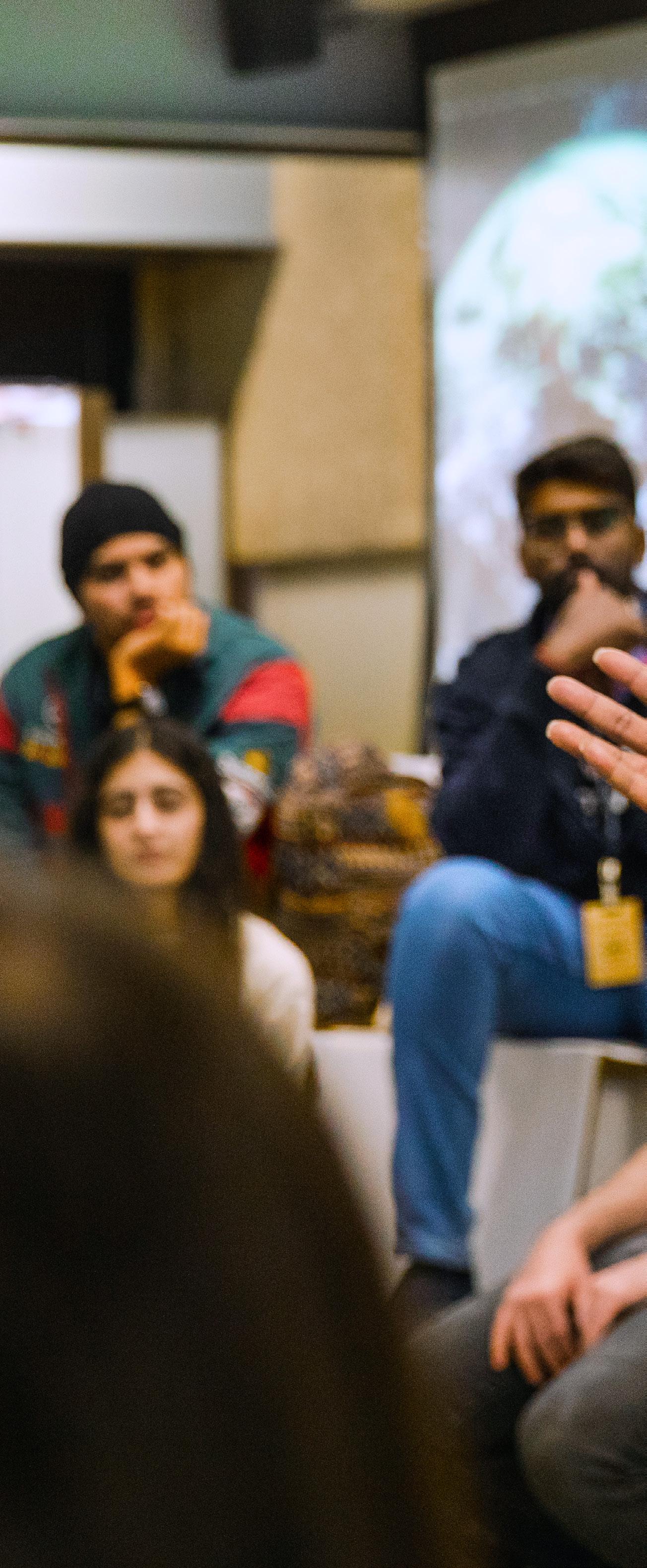

24
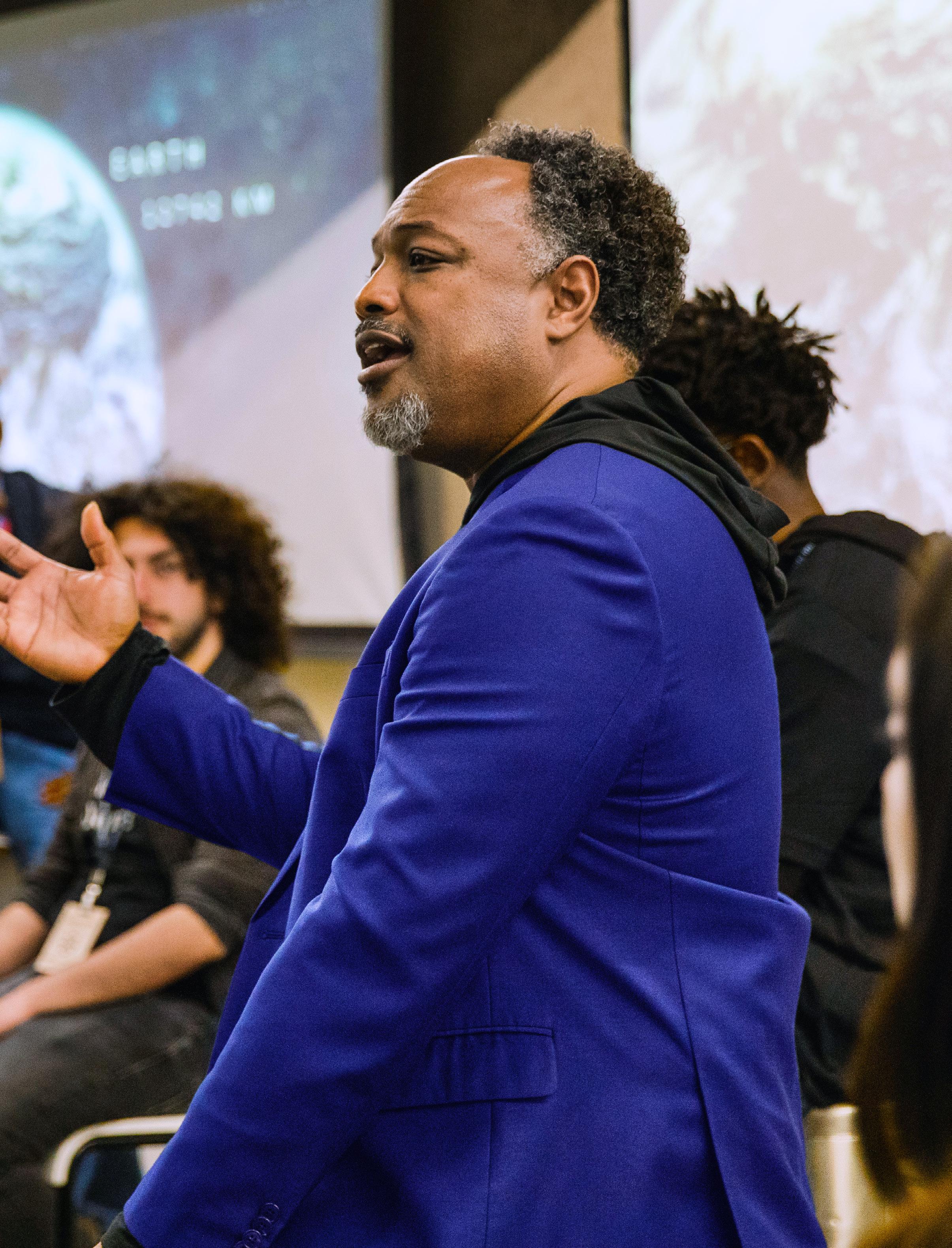
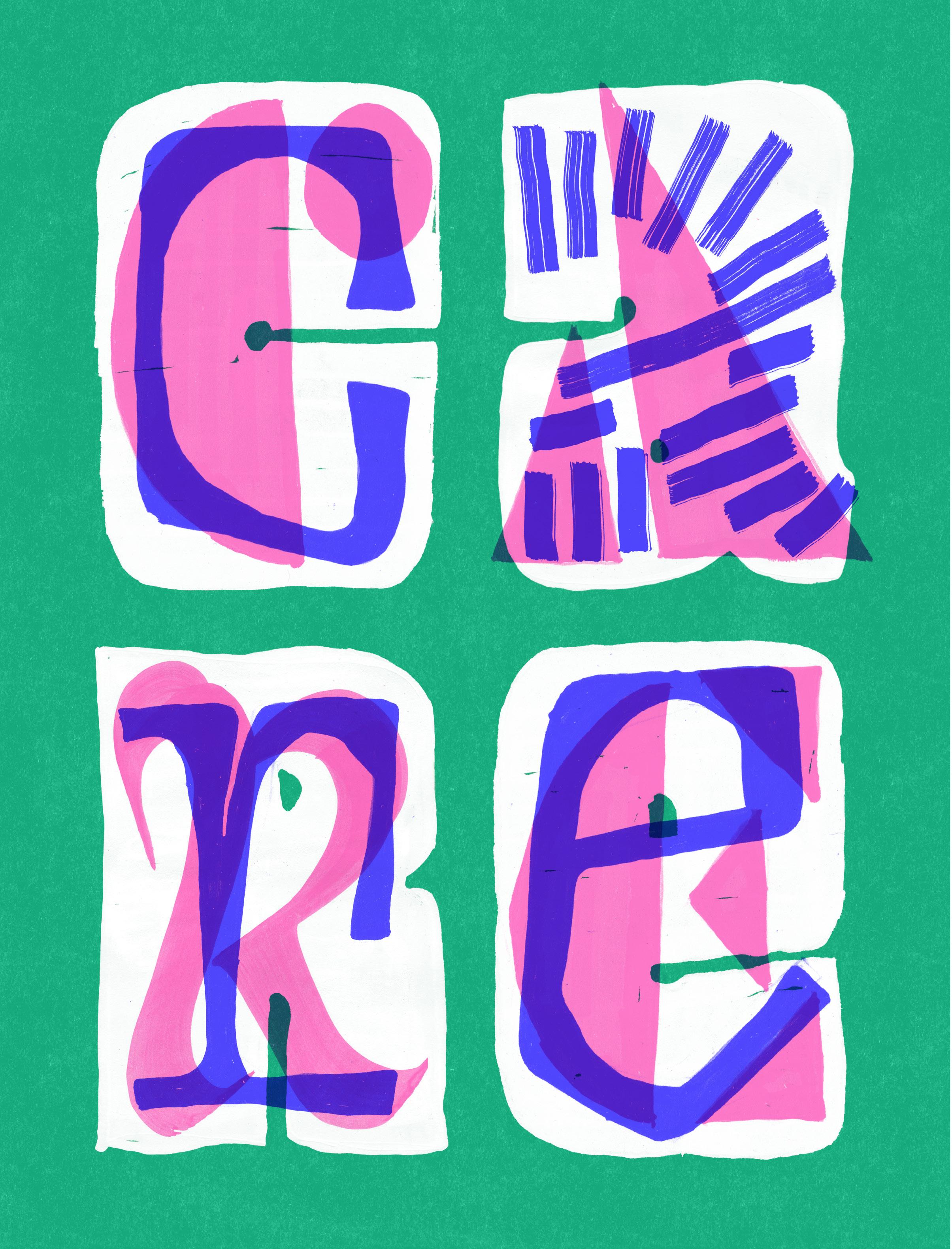
The care and responsibility to be leading stewards of the planet, all people, and the data we generate.
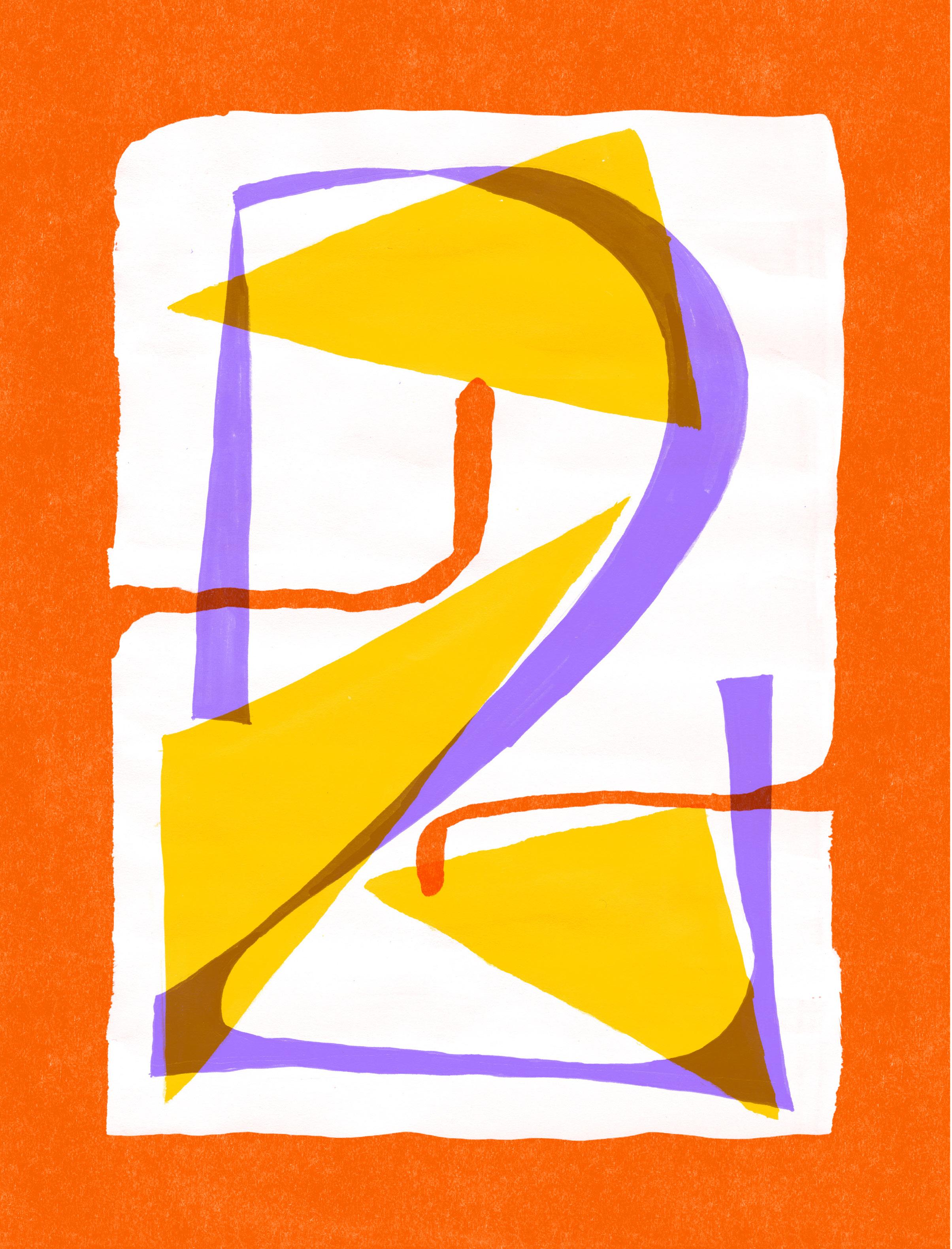
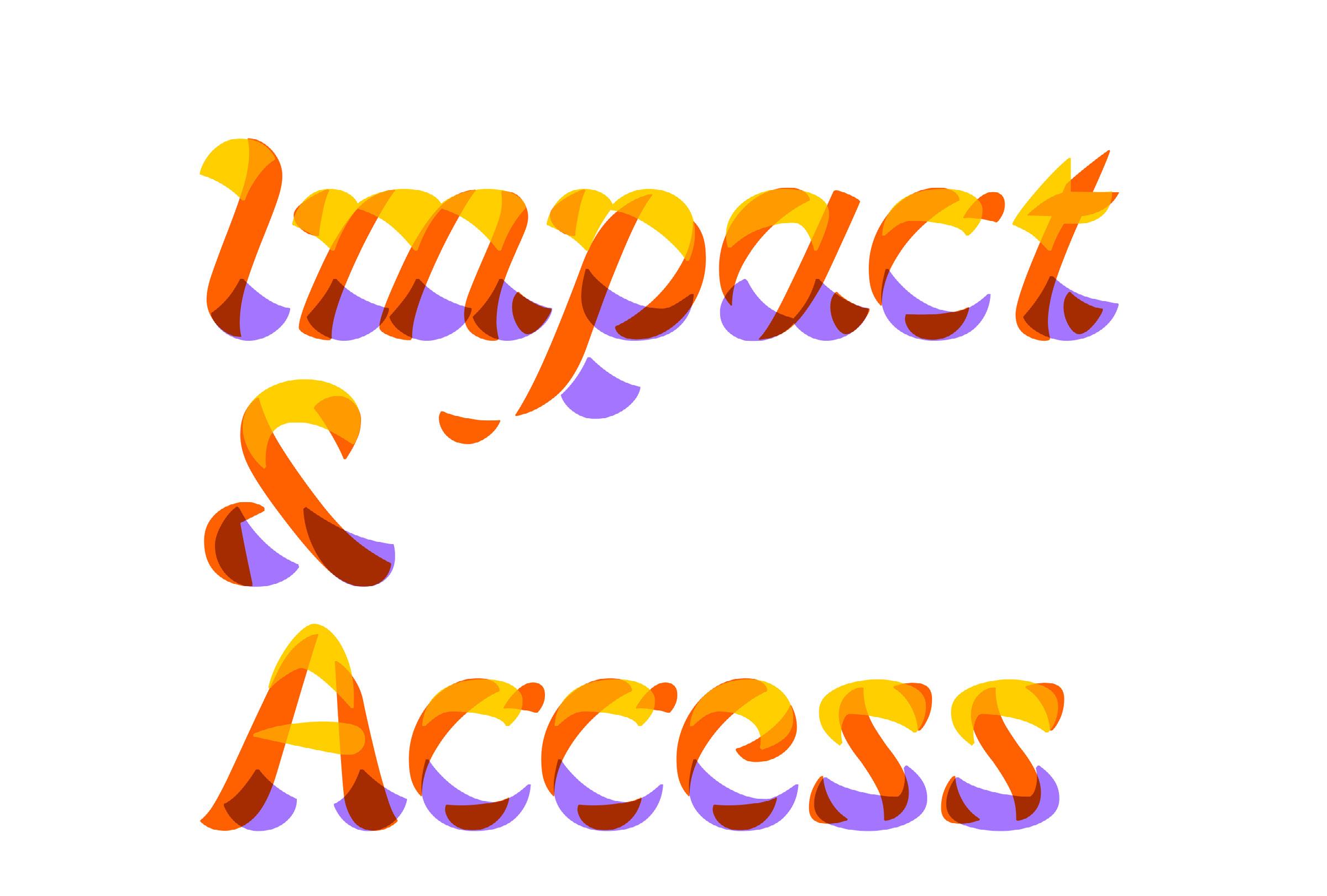
Sharing Design Ideas and Tools
Since the inception of the d.school we have been obsessed with sharing our resources and learning experiences with those beyond the walls of Stanford. Whether through in-person trainings like Design Thinking Bootcamp or our online resources like the d.school Starter Kit, we have aimed to support professional learners in making a positive impact in the fields of education, business, higher education, and the nonprofit sector.
By Laura McBain

And like the learners we serve, we too have been on a learning journey: to hone our design skills, expand our repertoire of design tools, and improve our capacity to make a lasting and more positive impact on the communities we serve around the globe. We have forever been asking: What’s next?
What is the frontier of design?
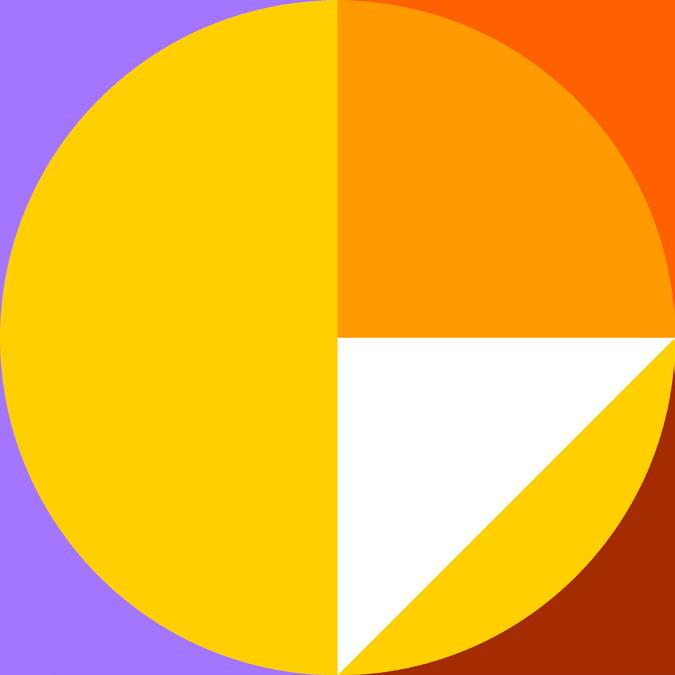
Enabling Positive Change Beyond Stanford through d.pro
This past year we took these perennial questions and turned them into an active exploration aimed at understanding the needs of professional learners. We did a market scan to see what trends and resources were being offered around the globe. We traveled to events and conferences listening for the invisible needs that have not yet been addressed by professionals in the sectors we serve. We looked for the societal and technological trends that are, and will soon, impact our organizations and, most importantly, our most underserved communities. These explorations led to insights on how we might better support professional designers in the world and provide radical access to new publications and products that ensure everyone is equipped to make a positive impact in the communities they serve.
Since the early days of the d.school, design thinking has spread around the world for professional learners. In exploring what the next phase of design might be with professionals in the for-profit, nonprofit, social, and K12 sector, we heard that people are eager to move beyond introductory courses to a more integrative
approach that enables design to be incorporated in the culture, organization, or community. They do not want to just learn about design thinking; they want to become designers.
This insight reminded us that while each sector we serve may have specific needs, the challenges many professional learners take on cut across disciplines, rely on multiple perspectives, and require us to lean into our individual and collective creative capacities. This insight has led us to create a new part of the d.school that we’re calling d.pro. While we may continue to provide short, inspirational introductory sessions, d.pro aims to serve professional learners throughout their design journey in new and novel mediums that allow them to hone their skills and make a positive difference in the world.
Books, Bots, and Breakthroughs
This year the d.school has invested time and resources into a new sector of our organization called products and publications. Inspired by the publication of Creative Acts for Curious People, the d.school Guides series, and the soon-to-be-released Assembling Tomorrow with Ten Speed Press, the d.school is looking for more ways to support their staff in writing articles, books, and creating larger products and publications.
Two new bots are in development: Riff, a d.school reflection bot (see page 60) and Scopey, a scoping bot for design projects which is soon to be launched. We’re also working on launching online courses that will enable us to reach more audiences in more accessible ways.
All this work speaks to our unyielding commitment to provide radical access to design so that every person can embrace the designer in themselves to make a positive impact on the world.
IMPACT & ACCESS 30
Intentional Impact in Underserved Communities
Our work doesn’t stop there. A long-standing pillar of the d.school has been to serve and support communities who have often been marginalized, overlooked, or underresourced. We have done this in a number of ways, most recently through our HBCU partnership, which has us working with students and professors who actively reimagine higher education to be more just and equitable.
As designers, we can’t predict the future, but we can equip more people with the design skills, mindsets, and radical optimism that will prepare us all for the challenges and opportunities ahead so we can shape more preferable futures. Whether it is designing with generative AI, addressing the challenges raised by climate change, or helping organizations and people unlock their creative potential, we are excited to build this better world with each other and amazing learners around the world.

The University Innovation Fellows Program Celebrates 10 Years
From March 23–26, hundreds of higher education students and faculty arrived from around the world for the University Innovation Fellows Silicon Valley Meetup. These changemakers gathered to explore new ideas in sessions like Ethical Emerging Technology, Ritual Design, Empathy
Gym, and Embodied Leadership, and they worked together to design projects that address the challenges and opportunities at their schools. This year the meetup experience was designed by Fellows, the event was supported by a team of Fellows and faculty, and nearly half of the sessions were facilitated by members of the UIF community. It was a wonderful way to celebrate the program’s 10th anniversary.
SXSW EDU
The d.school made a splash at SXSW EDU in March. With three days of jam-packed sessions and a party celebrating the d.school books, the d.school programing included: a standing-room-only session led by sam seidel on his book Creative Hustle; a session on AI led by Leticia Britos Cavagnaro and Ariam Mogos to 200+ attendees; and a futures cantina. The event was created and supported by Laura McBain, Milan Drake, Manasa Yeturu, Humera Fasihudden, Ariel Raz, sam seidel, Leticia Britos Cavagnaro, Lisa Kay Solomon, Marielle Burt, Isabel Huff.
Design for Extreme Affordability
Celebrates 20 Years
Design for Extreme Affordability (often referred to as “Extreme”) is a twoquarter elective course jointly offered by the Graduate School of Business and the School of Engineering at Stanford University. Each year, up to forty graduate students across Stanford University sign up to learn how to use the latest innovation and design methods to address real-world challenges of poverty in collaboration with partners and the communities they serve. Over its 20-year run, the products and services designed in the class have impacted well over 150 million people worldwide.
31 d.SCHOOL YEARBOOK 2022 2023
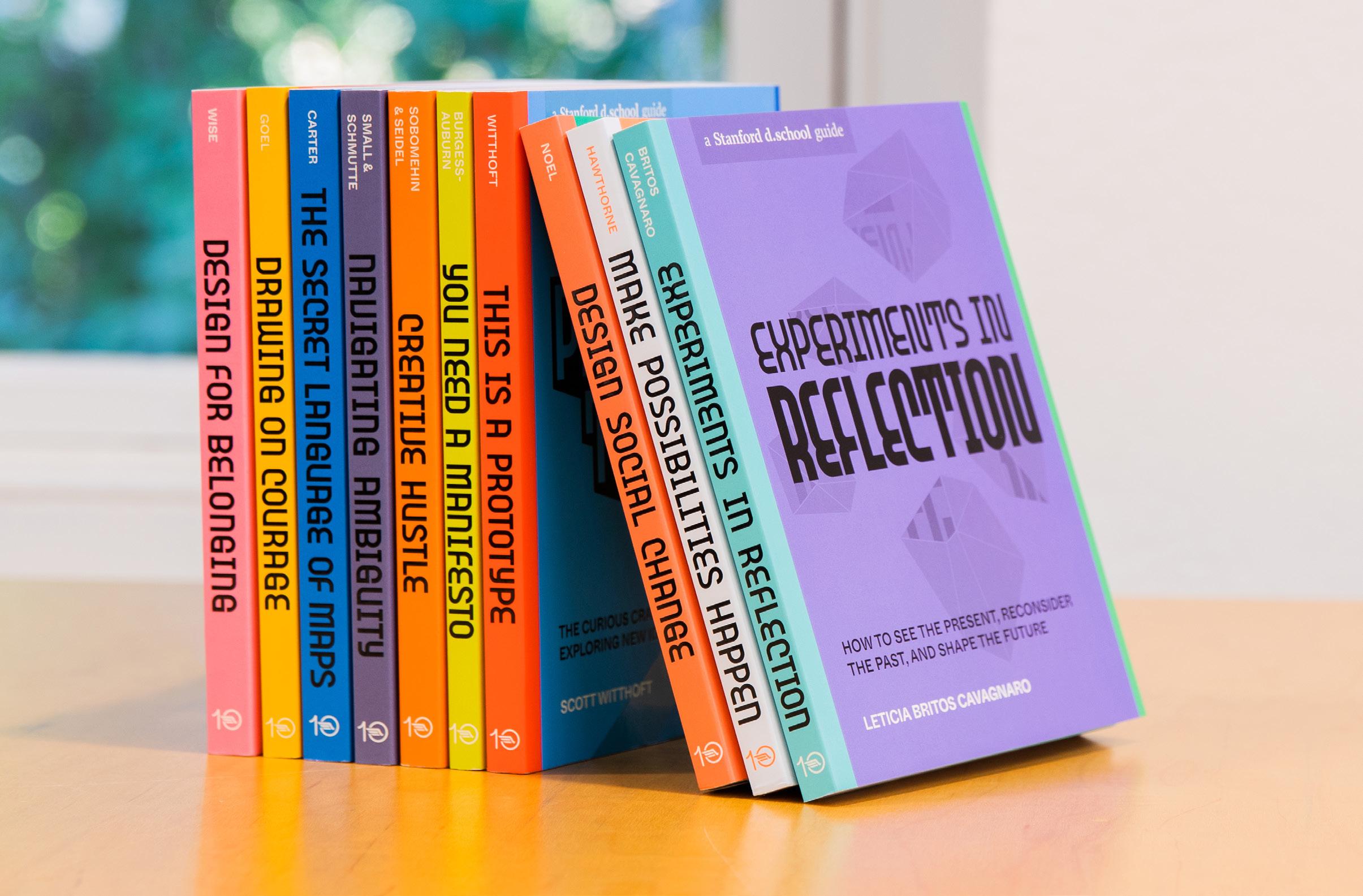
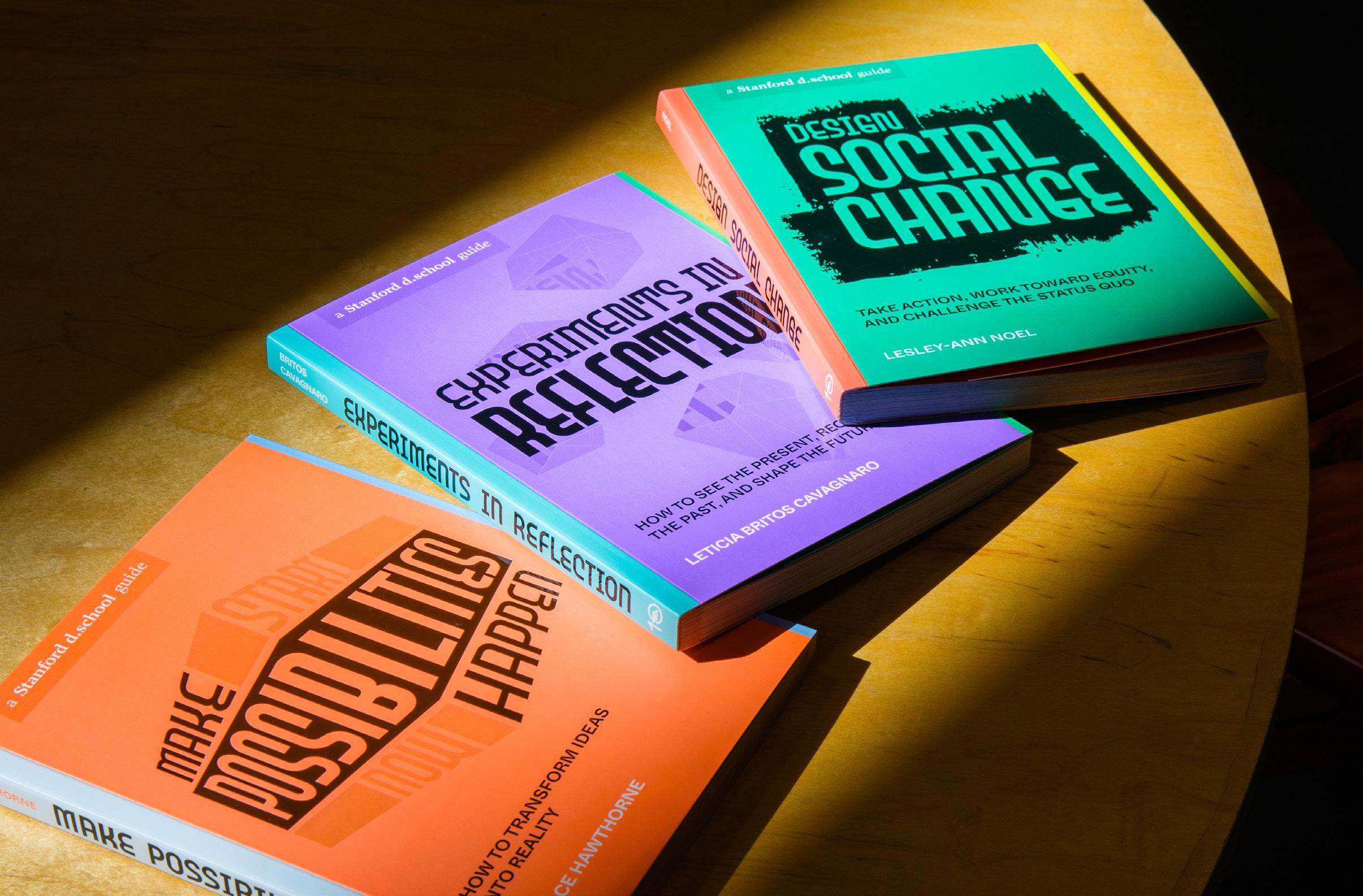

In November 2023, the last three planned books in the d.school Guides series were released:
Experiments in Reflection by Leticia Britos Cavagnaro is about how reflection can be a powerful tool for understanding our experiences.
Design Social Change by LesleyAnn Noel equips the reader-aschangemaker with the tools they need to tackle the deeply entrenched social issues that inhibit equality and that sustain injustices of all kinds.
By Jennifer Brown

Make Possibilities Happen by Grace Hawthorne is a “toolkit to snap you out of zombie mode” with power-packed lessons and activities to move you through the beginning, middle, and end of a project and to bring your potential to life.
It is our hope that this full series will be your teacher, guide, and cheerleader as you engage in the work of making the world better. In the spirit of the d.school and these books, and in the words of Grace Hawthorne: “Go: Make something happen.”
Click here to read more
d.SCHOOL YEARBOOK 2022 2023

In the spirit of the d.school and these books, and in the words of Grace
Hawthorne: “Go: Make
Something Happen.”

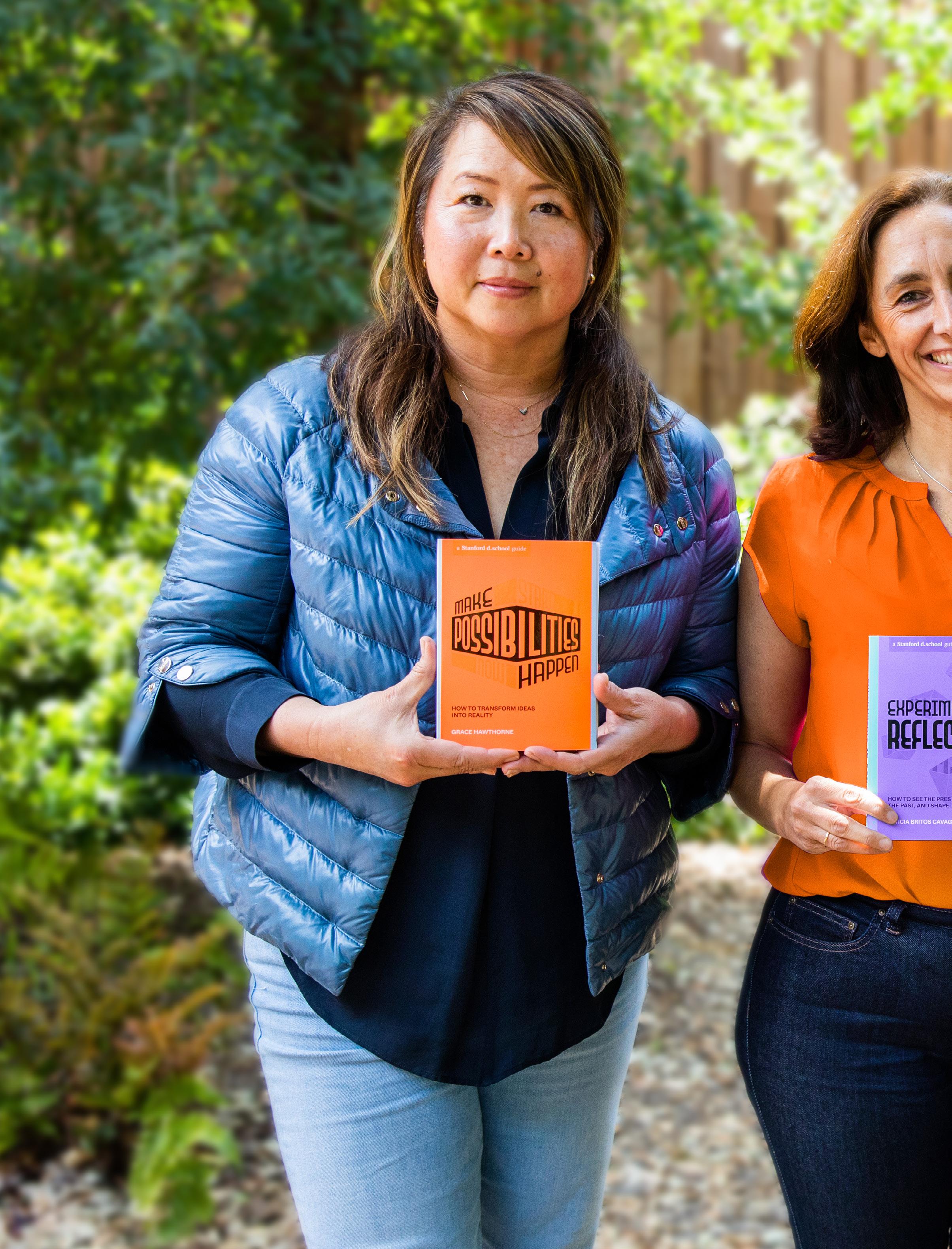

At SF Design Week
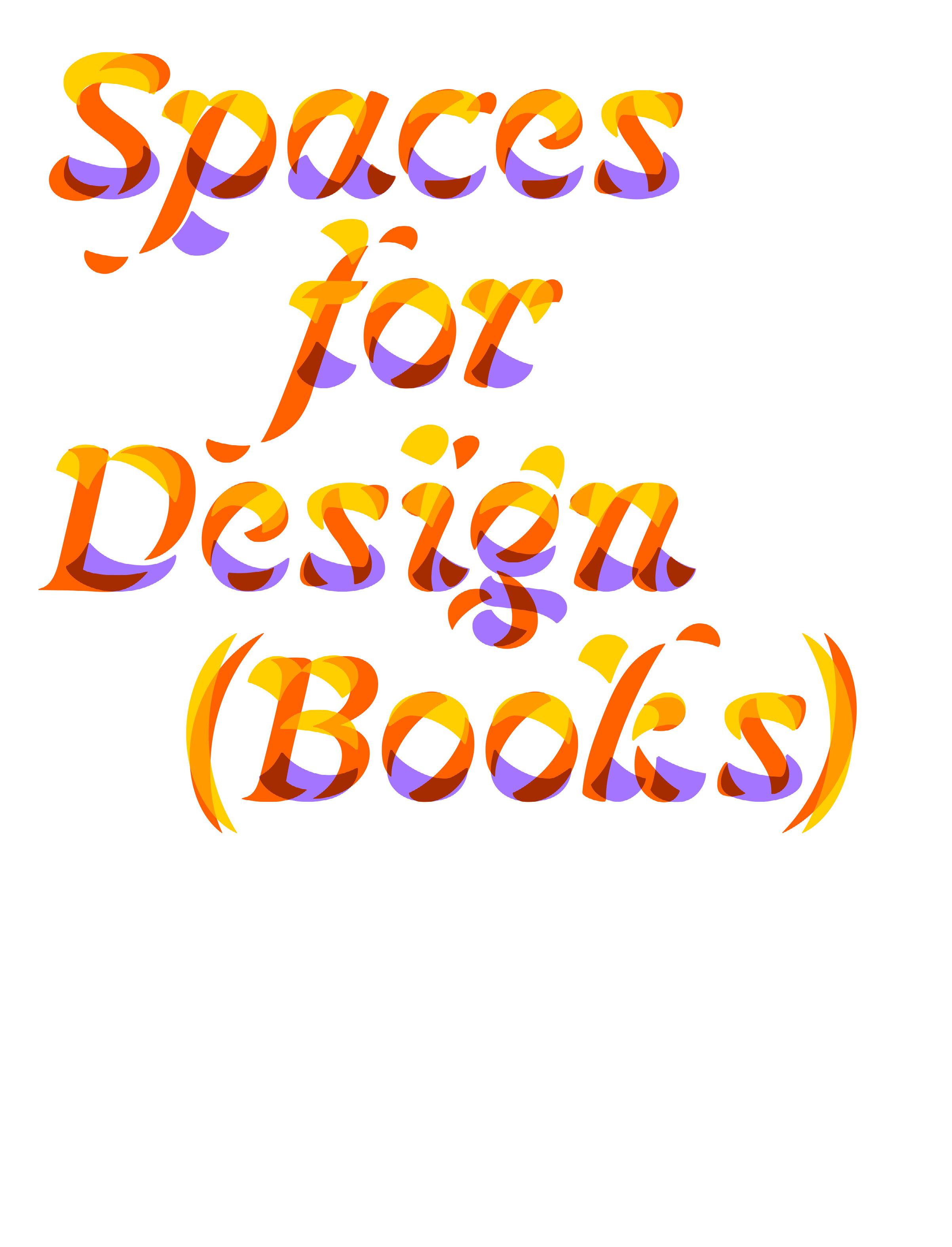 By sam seidel and Ise Lyfe
By sam seidel and Ise Lyfe
Where do you go to find good literature about design?
Is discovery more impactful when done in real life, with real people, in real time?
IMPACT & ACCESS 38


A big part of our current work at the d.school is exploring dynamic ways to present published works in the design space. Our aim is centered around engaging audiences in a way that not only is impactful and measurable, but also contributes to the advancement of the design field.
For the centuries that existed pre–the internet (imagine that), those seeking literature and knowledge held in books needed to travel to the source: physical buildings that held thousands of volumes. These might have been open street markets, libraries, bookstores, or festivals. Going to these places was less convenient, but there were some distinct advantages to this antique way of learning about things. One was that we got to hold physical books, and books can be beautiful objects. There’s also research that shows that we better retain information we read on paper than we read on screens. Another advantage to our pre-internet book-seeking adventures was the opportunity to meet other people— maybe even people interested in similar topics.
We’re not here to bash the ease of the internet. The instant access to information is incredible. But where do you go now if you’re interested in literature about design? Who do you talk to? How do you find the best information, the most beautiful books, the people who share your interests?
We at the Stanford d.school take this question playfully-seriously. So, as a living design prototype, we mounted an experiment to measure what it would look like to host a pop-up book forum that was 100 percent centered around design literature. Here’s how we pulled it off.
We found an awesome partner in San Francisco Design Week and an incredible location at the Heath
Newsstand to experiment with creating a pop-up design materials mercantile this past June. Our plan was modest: toss up a sign, bring some books, and get people together to engage with the books and each other.
But, humbly, we're the d.school! So our version of a modest sign was a beautiful custom-made sign designed by a very talented graduate student (L’Nard Tufts, class of 2023) and a total makeover of a flower cart that was provided by Heath, which we transformed into our bookstand. The bookstand sold books from our recent series as well as other design literature we have enjoyed and found provocative.
We blew up posters of the covers from the Stanford d.school Guide series that stood eight feet tall to create a “Hall of Books,” and we presented the physical copies on swivel pedestals that invited readers to touch, feel, and read the books. With this as the backdrop, we brought the pop-up to life with a bit of programming.
One afternoon we hosted a meet-theauthors event with an open floor plan that mingled authors with attendees. The event was a success, and feedback we got was that it was refreshing to have a model different from your typical panel/talking head vibe at book readings. It was noted that having the books displayed so deliberately led to real absorption of the text. Also, by our calculation, eight out of ten attendees chose to buy at least one of the books! We took this to mean that engaging with the materials in an animated physical space often leads to deeper and longer relationships with the texts.
The next day we put on a workshop for young people interested in design that included a zine-making workshop. So many curious and creative souls showed up! We had a blast, met great people, and shared books we love.
This experience has left us thinking about what 3-D design literature gathering we might want to do next . . .
39 d.SCHOOL YEARBOOK 2022 2023
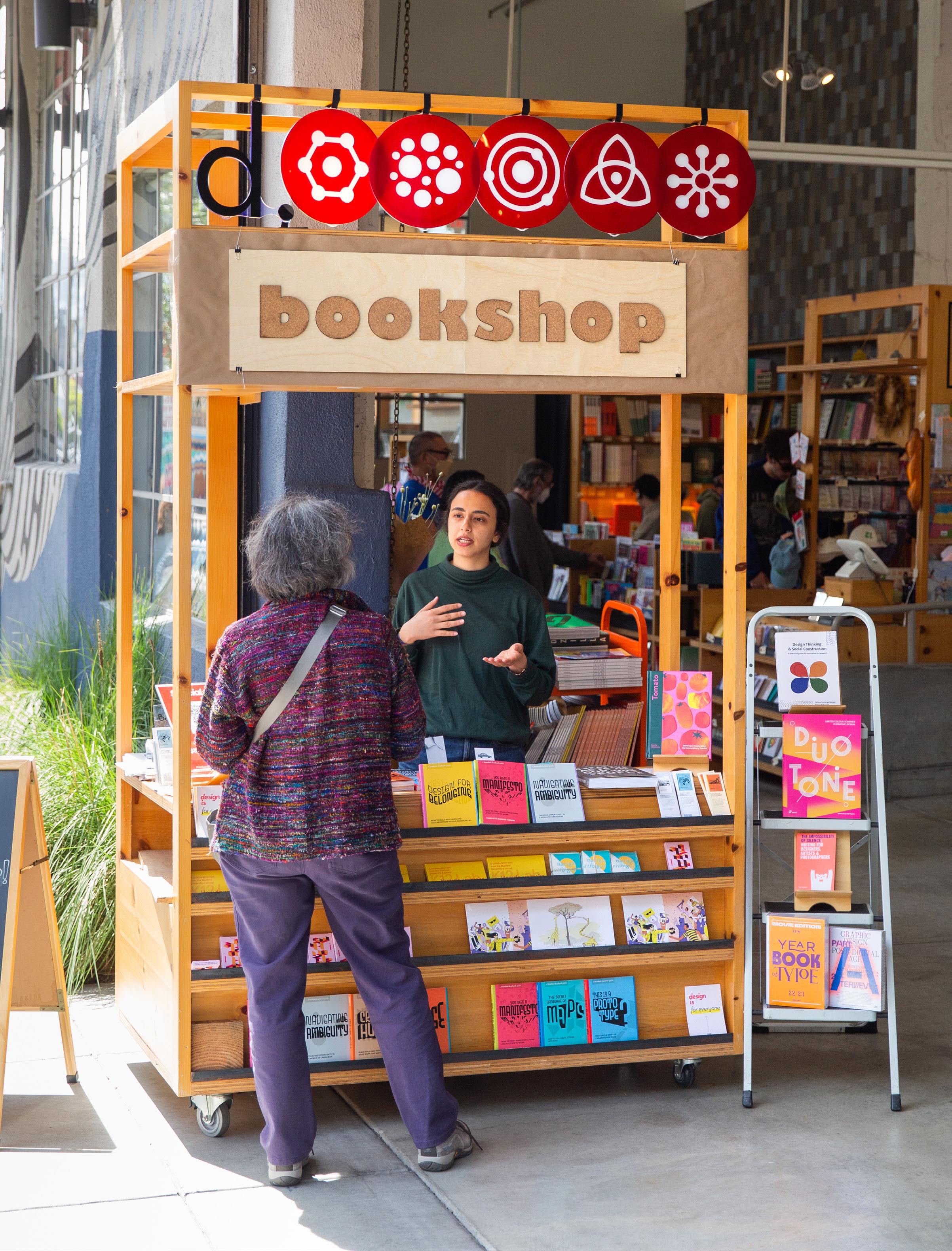

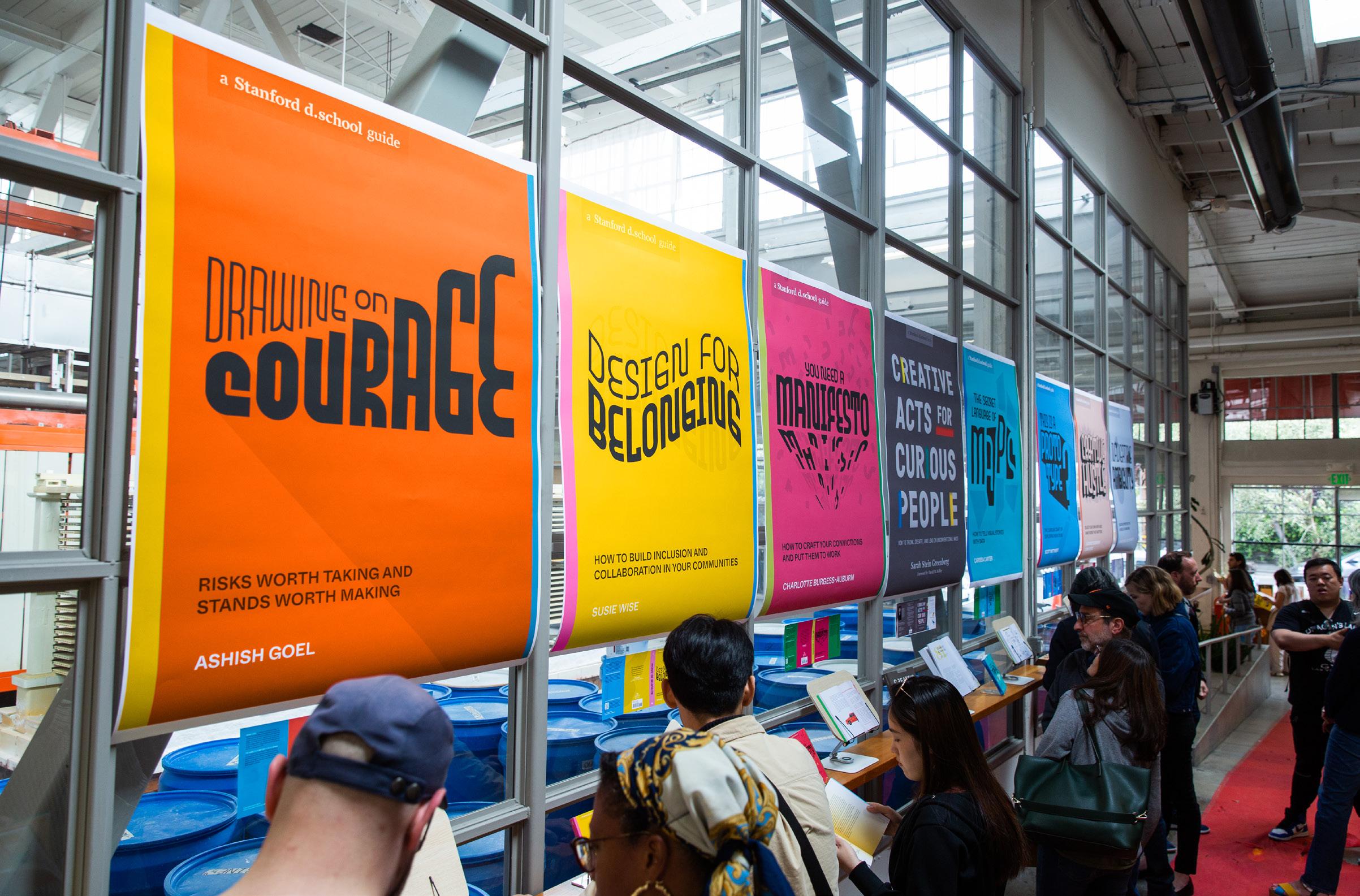

Adapt. The flexibility of adaptive learning in
a rapidly changing world.
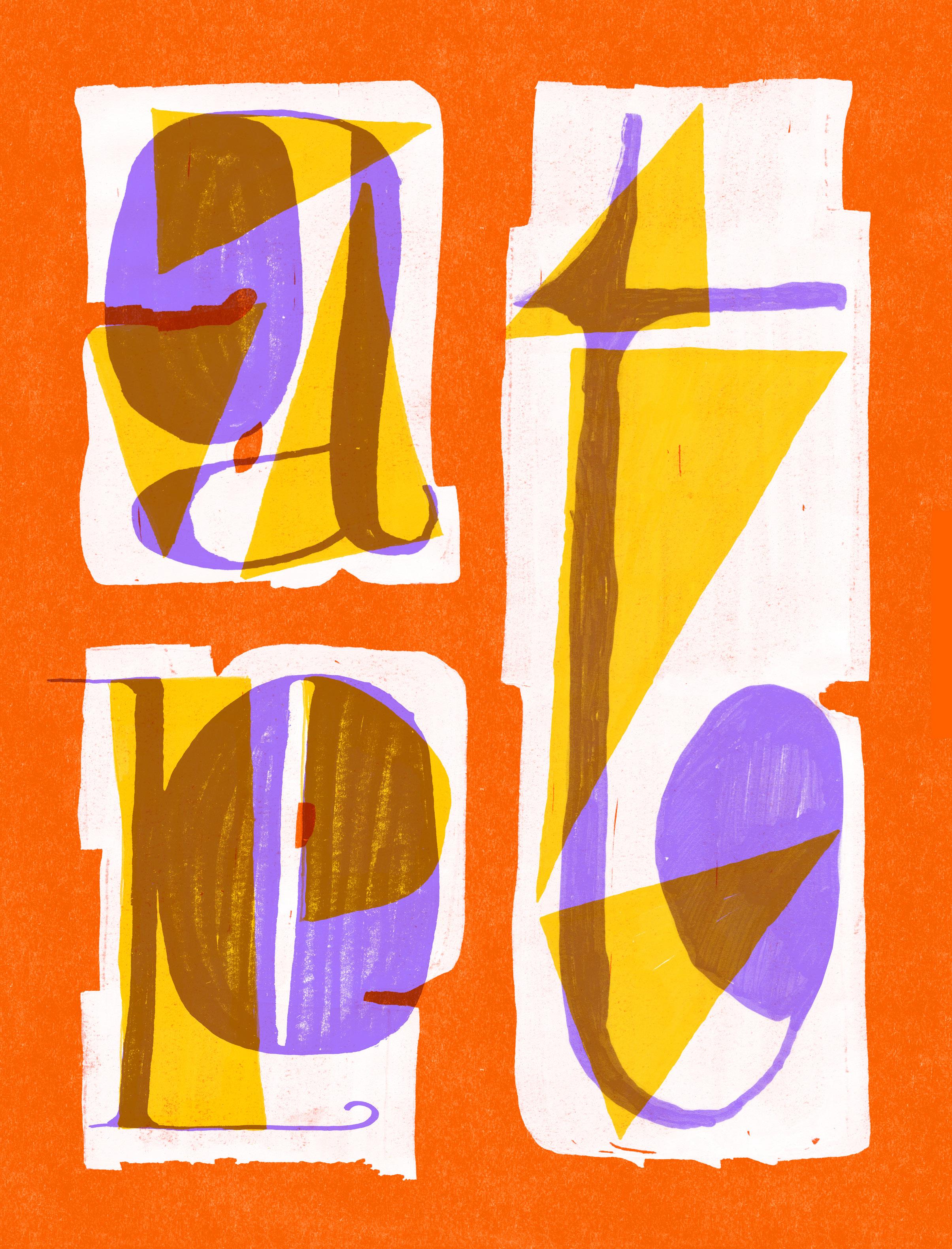


Building the Future Foundations of Design
The human imagination is special. We depend on it to deliver potential, possibility, hope, and progress. It’s where the seeds of change are sown. It might just be our most important asset.
More often than not, the word imagination conjures up images of fanciful ideas and things to be made. When we think of imagination, we think of the whats, the nouns, the things we’d like to see in the world. It helps us envision what could be and how to make it real.
By Scott Doorley

But there’s another kind of imagination, one that’s concerned not with things to be made but with causes to consider. It’s how we imagine whys and what fors. This imagination is where purpose is born and where intent resides. It houses our motivation and helps us determine what’s worth doing (and what’s not).

As our ability to put all those whats into the world gets better and better—as technology gets more powerful and more useful—our ability to imagine what fors increases in value too. It has to. These what fors will become our guides. (For more on the topic of valuable values, read You Need a Manifesto by Charlotte Burgess–Auburn.) They will form our foundations in a future when those whats—spewed forth in a moment’s notice by things like generative AIs— are a dime a dozen.
And so, the future of design may reside in how well we can learn to imagine these what fors and follow them. This dependence on whys and what fors is not new for design or for the d.school. They are already found in our relentless focus on problem and opportunity finding—not just problem solving. Cultivating this second imagination takes work, but it’s behind everything we do.
It can be found by looking for connections that might go missed. The slate of elective classes pulled together by Seamus Yu Harte excels at helping students make unlikely connections. (If you’re on campus, see the wall of class posters in the d.school lobby.)
It can be seen when we explore bright spots in uncertain and unlikely places. The work of Lisa Kay Solomon and Ariel Raz highlights future bright spots. (See “New Visions, New Futures” on page 50.)
It is revealed when we twist technology to serve us instead of tumbling into its luscious trappings. Leticia Britos Cavagnaro’s writings about Riff (see page 60) is a perfect example on how to turn technology on its ear to serve us.
It is present when we reexamine the way we think about the things we make. Ise Lyfe has created a class based on seeing things differently. (See his musings on “Forbidden Design” on page 58.)
It is there when we care and we make it central to all that we teach. Our principle of Care shows up, in particular, in Manasa Yeturu’s work with Extreme Affordability.

Designing Social Media for Youth Mental Health
Ariam Mogos, Emerging Tech Lead at the d.school, created a youth-led event to address the moral panic around social media, persuasive design, and youth mental health. Participants included young people aged 18 and under, Stanford students, policymakers, and other communities to redesign social media in ways that will prioritize and protect youth mental health. The event included a panel discussion, youth testimonials, and design workshops.
Climate Futures: How Art, Agency, and Action Can Shape the World
Organized by Seamus Yu Harte, “Climate Futures” was a special evening hosted by Lisa Kay Solomon that explored climate change through personal manifestos with Charlotte Burgess–Auburn (author of You Need a Manifesto), music with organic beats by Madame Gandhi, and fashion with living material with Ariam Mogos. The event asked participants to explore the question: How do we reimagine a more positive and abundant posture toward shaping more generative, sustainable, robust, and resilient Climate Futures?
EXPLORE & IMAGINE 46


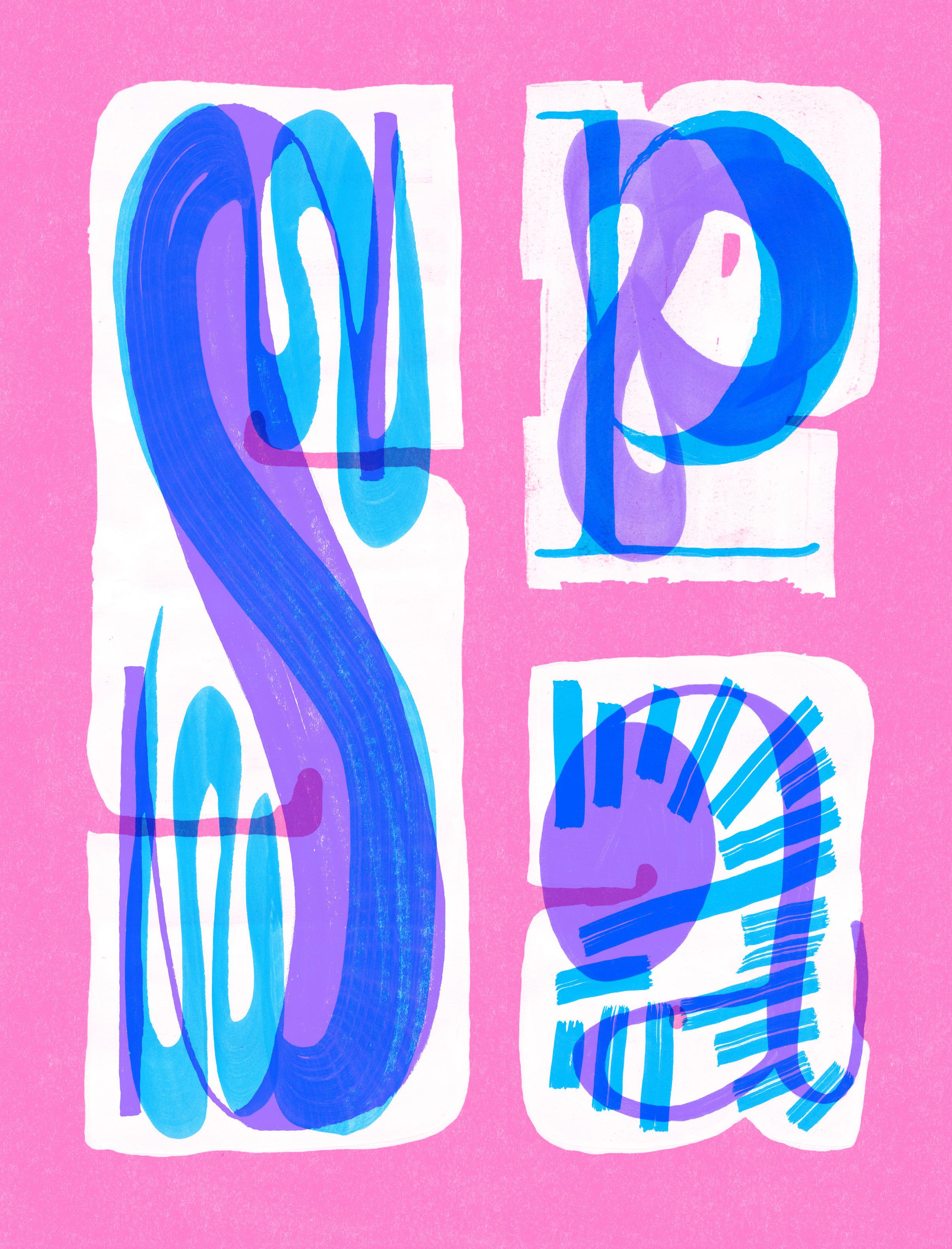

Spark. The quirky creativity and scrappy resourcefulness that produces new-to-theworld ideas.
Using Design to Look Forward
By Ariel Raz and Lisa Kay Solomon

“Future thinking helps frame chaos in a way that allows it to be grappled with. And that process of learning and questioning creates insights into how to shape the type of world that we want to build.”
—Cole Oman, Office of the Future, Deloitte
EXPLORE & IMAGINE
50

On June 2, 2023, the d.school Futures Team—
Ariel Raz, Louie Montoya, Laura McBain, Lisa Kay Solomon, Ariam Mogos, and Scott Doorley—held Futures Foundations Day, an opportunity to bring about sixty program alums who are doing meaningful design work from across sectors to the d.school to collect feedback on prototypes of futuresthinking provocations and activities. This gathering is part of a multifaceted futures-thinking initiative aimed at helping all leaders and learners shape better tomorrows. Sessions were built around five futures-thinking approaches: See in Multiples, Empathy for the Future, Tracing Change Across Time, Seeking Visions of Coexistence, and Worldbuilding.
Louie led attendees in practicing Empathy for the Future by having them reflect on a descendant four generations in the future.
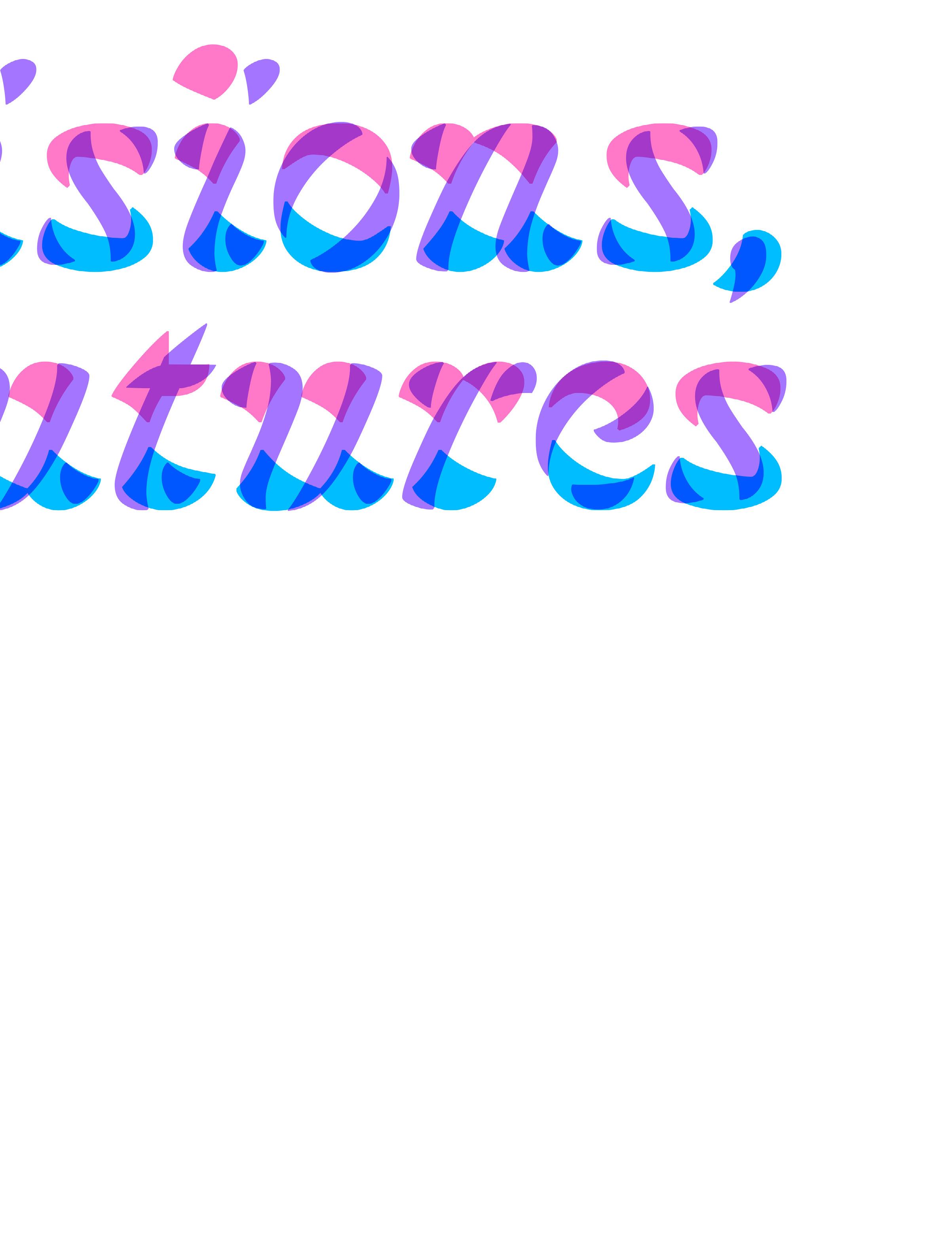
Participants created portraits of their descendants in the world they imagined they would live in: what they would see and feel when they look at their reflection in the mirror; their culture, identity, values, and beliefs; and how they might feel about the world they inherited based on our choices today. Physically making the portraits got participants thinking in new ways that made the far-future feel more tangible and emotionally real.
Lisa moderated a lively panel of leaders to explore the integration of futures work within different industries: Tim Foxx from the University of Pennsylvania Center for School Study Councils, Jennifer Lo from IDEO’s Health Care Innovation & Design Futures Team, Cole Oman from Deloitte’s Office of the Future, and Ariam. They discussed the characteristics and competencies required to do futures work within organizations and teams, such as curiosity, creative imagination, collaboration, and courage.
51 d.SCHOOL YEARBOOK 2022 2023
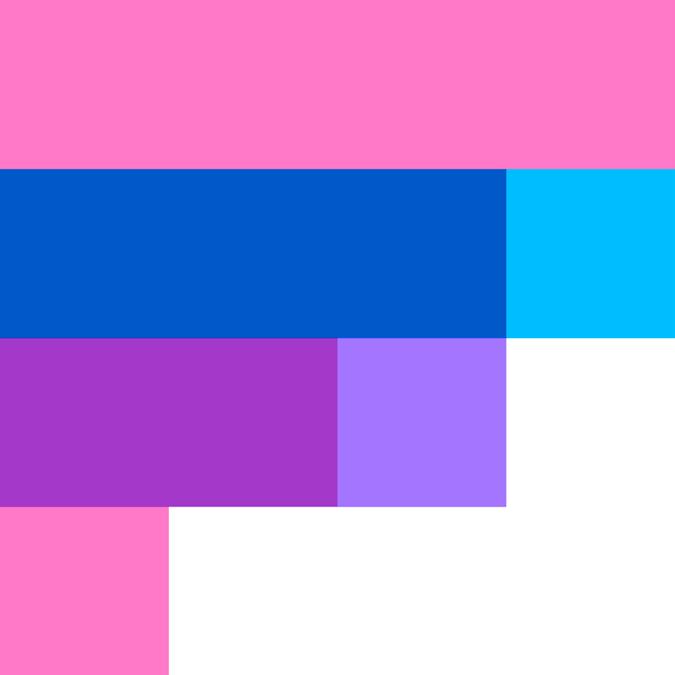
For Tracing Change Across Time
, Ariel and Lisa led a session where the goal was to surface and explore the important role that time plays in our lives, including the need to create a more robust vocabulary, frameworks, and tools to understand, process, and plan for it. Without a better understanding of how things change over time, we often end up reacting to change; instead we can work toward developing proactive strategies to plan for change.
To explore Seeking Visions of Coexistence
, Louie and Laura prompted the group to discuss what they remember about ancient Rome, and, in turn, what they think people in 2323 will say were the biggest challenges of our time. In small groups, they brainstormed a list of the biggest challenges of the current time and near future, and then chose one to focus on. Digging into their problem, each small group mapped out the different stakeholders involved. They observed and took notes about the synergies and tensions that exist between the needs and values of different stakeholders. Then they discussed compromise, power, and learning.
Overall, the two days allowed participants from around the world to move beyond near-sighted visions of the future, exploring our agency—and responsibility—to think of design as a “sacred” capacity to shape our world, and, in doing so, shape ourselves.

52

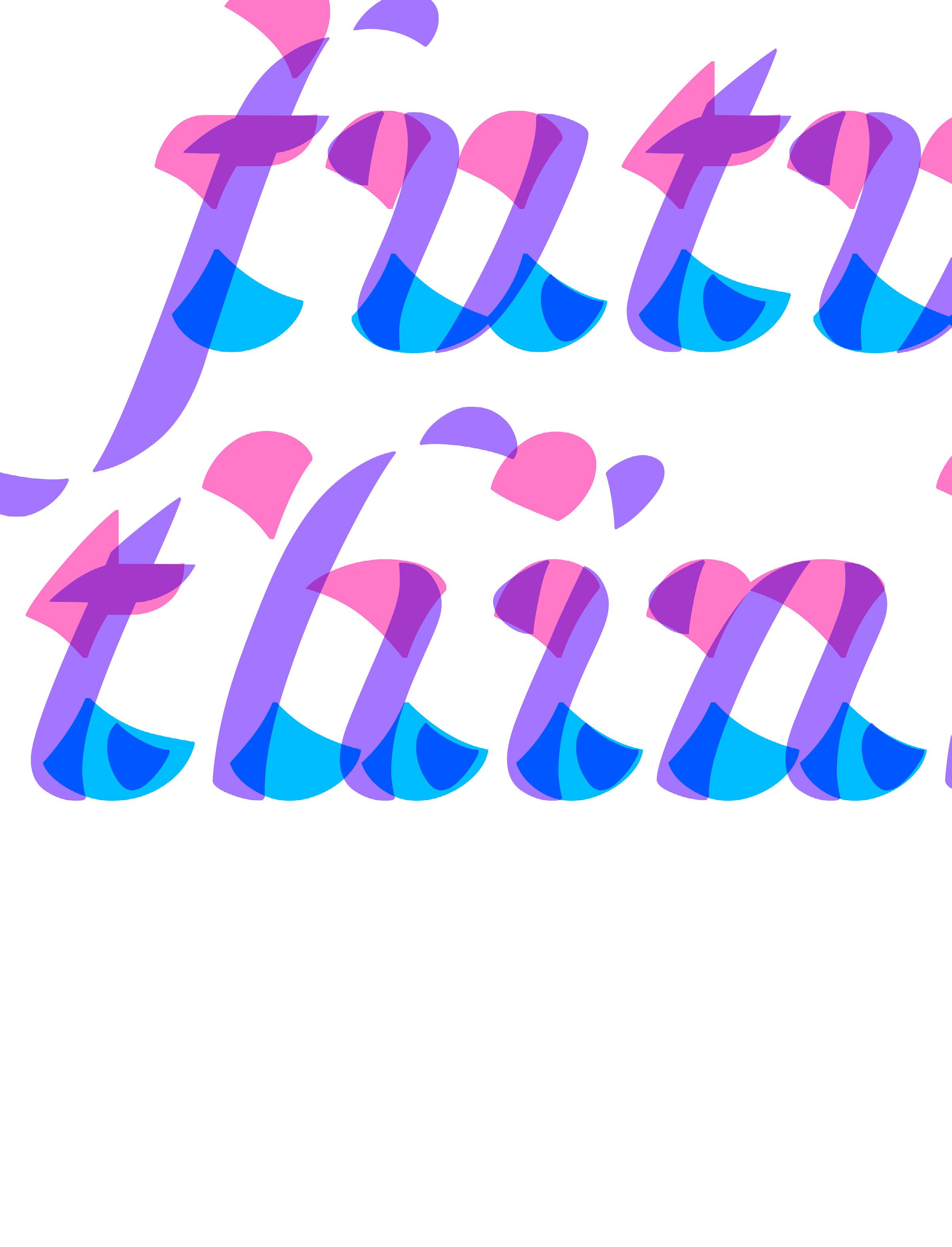
As Cole Oman shared:
“
Futures thinking helps frame chaos in a way that allows it to be
grappled with. And that

process of learning and questioning creates insights into how to shape the type of world that we want to build.”

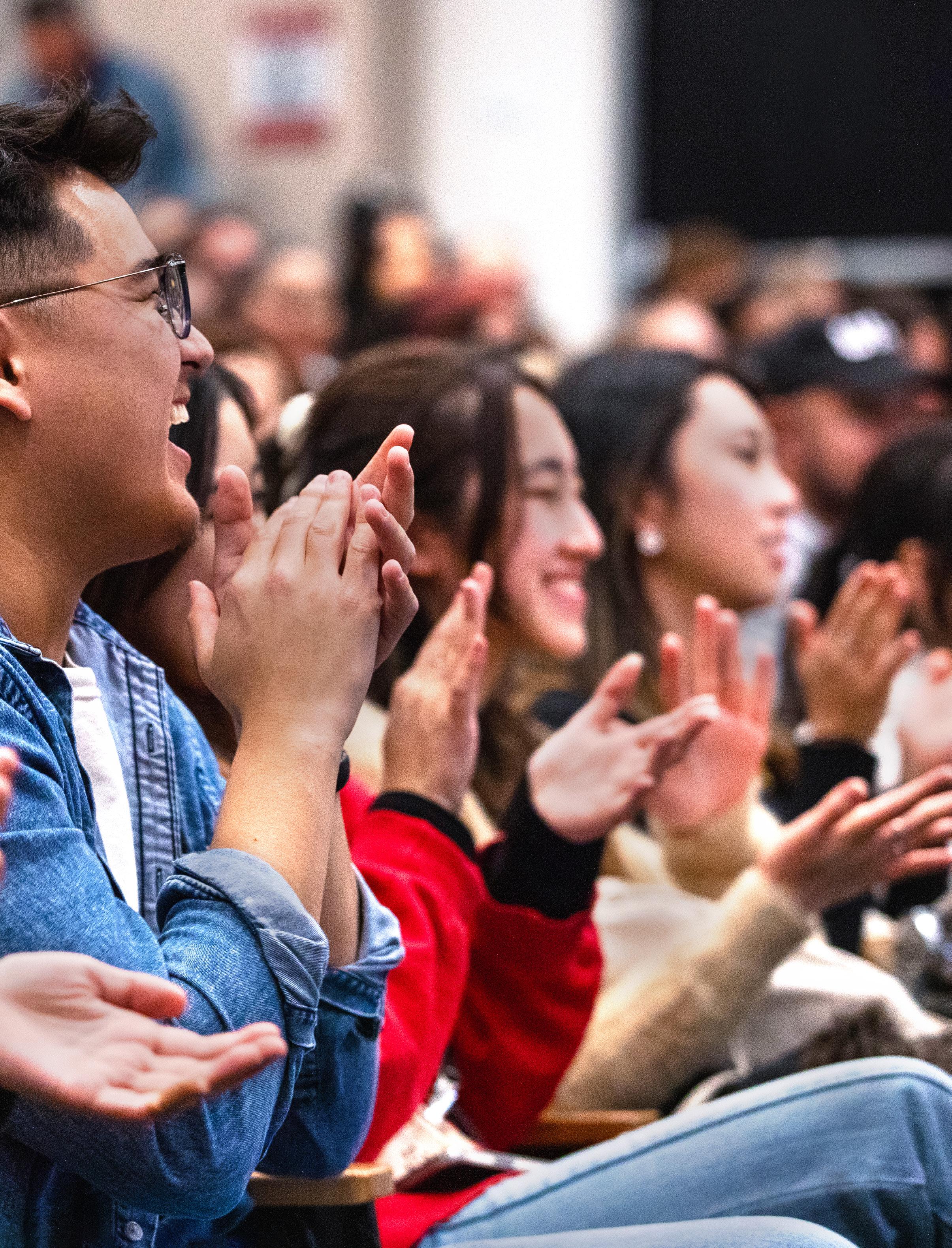
A Course that Explores Placemaking for the Formerly Impossible
By Ise Lyfe
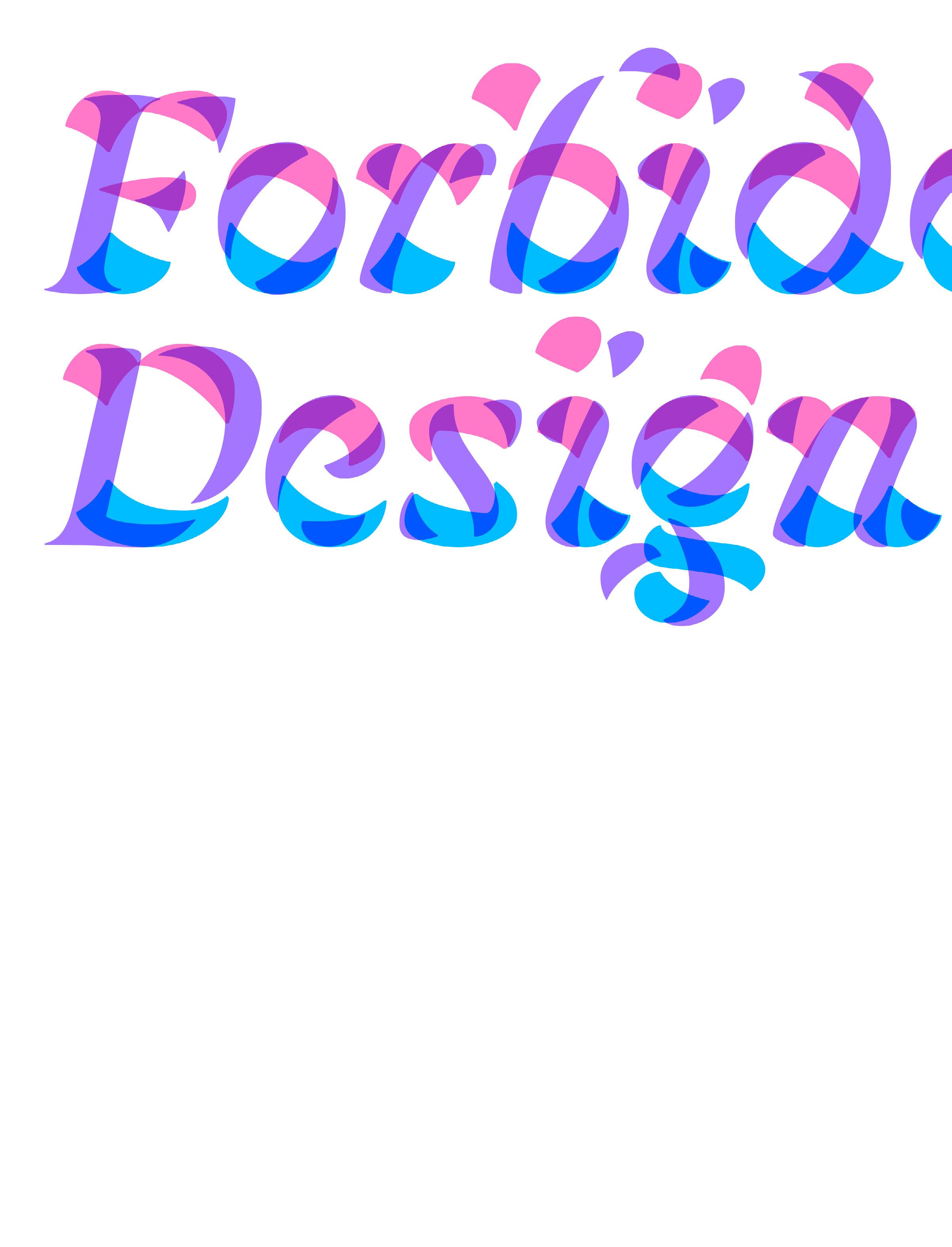
As new industries and technologies emerge at boggling rates, Forbidden Design explores the once marginal industries and concepts that are gliding toward the core and the forefront of marketplace and industry
EXPLORE & IMAGINE
.
58
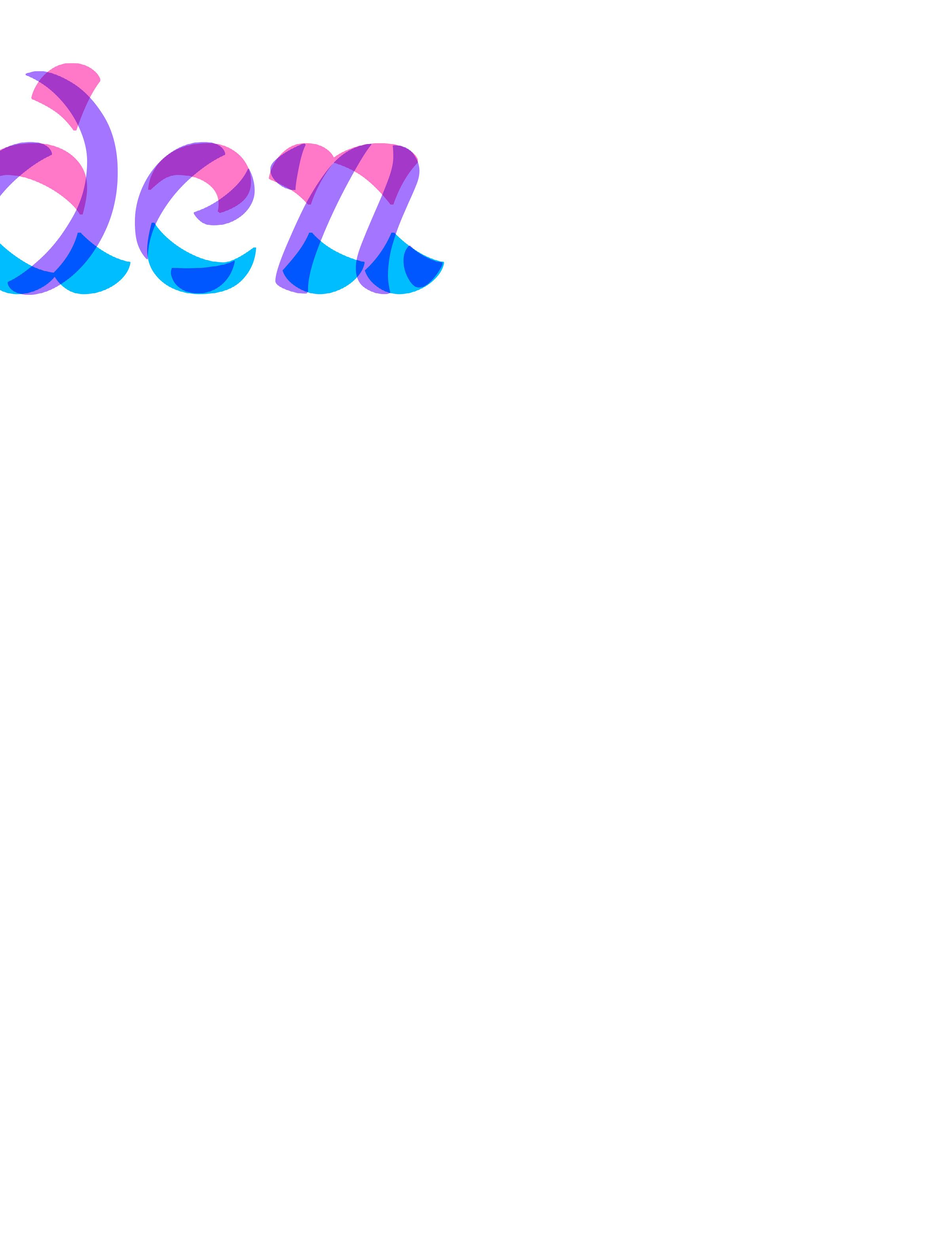

Forbidden Design: Placemaking for the Formerly Impossible was built around a broad industry need to investigate and design around industries that are not just emerging, but that were impossible or forbidden in the very recent past. Marijuana, microdosing of substances classified as illegal drugs, same-sex marriage, migrating, interracial marriage, and voting are all examples of things that within the last 75 years could have landed someone in prison (or worse) for engaging in.
Because restriction does not breed infrastructure, when former taboos become socially accepted and/or legalized, there are gaping voids in infrastructure, design, and engagement. This course excavates those voids while also providing a space where students can perform a personal exploration about their attitudes toward taboo and forbidden subjects, phenomenas, and products.
A coinstructor and d.school alumni, Elysa Fenenbock, facilitated amazing play design within the course. Her additions evoked the experiential considerations of how people coming into contact with the formerly impossible can be best invited into a discourse around these things.
Through the work of the course, we came to see that there is a core reality about humans and industry that necessitate the exploration of Forbidden Design:
1. There is nothing more shocking to the human psyche than sudden change.
2. When what was once forbidden becomes permissible, gaping voids in infrastructure, access, and safety design are immediately revealed with an urgent need for solutions.
So what of this generation being born that will live near or beyond the year 2100? What is the assignment of these ages? I suppose it is the same, in some respects, as all generations past: Adapt through innovation
Though, I think we now need to add an enhancement to that ageold assignment: Adapt through innovation amid AI, climate change, polarized political spheres, social unrest, and the aftermath of a still lingering global plague . . .
Despite this daunting mandate, observing Forbidden Design with my students at the d.school has revealed to me the superpower these humans are equipped with to harness the challenges in the world they are inheriting. To a degree unmatched by any other moment in history, they steward an age of acceptance of one another, partnered with deep sensitivity. This cocktail for incredible personhood also has the potential to create the greatest and most expansive body of designers ever generated.
Thus, to the problem spaces and problematic entities of the world, we say, “Bring it on!”
59 d.SCHOOL YEARBOOK 2022 2023
A Tool to Develop Human Intelligence
By Leticia Britos Cavagnaro

Riff—an AI chatbot trained by the d.school is designed to augment individual reflection with questions that invite the learner to go deeper in the exploration of their experience.
EXPLORE & IMAGINE
60
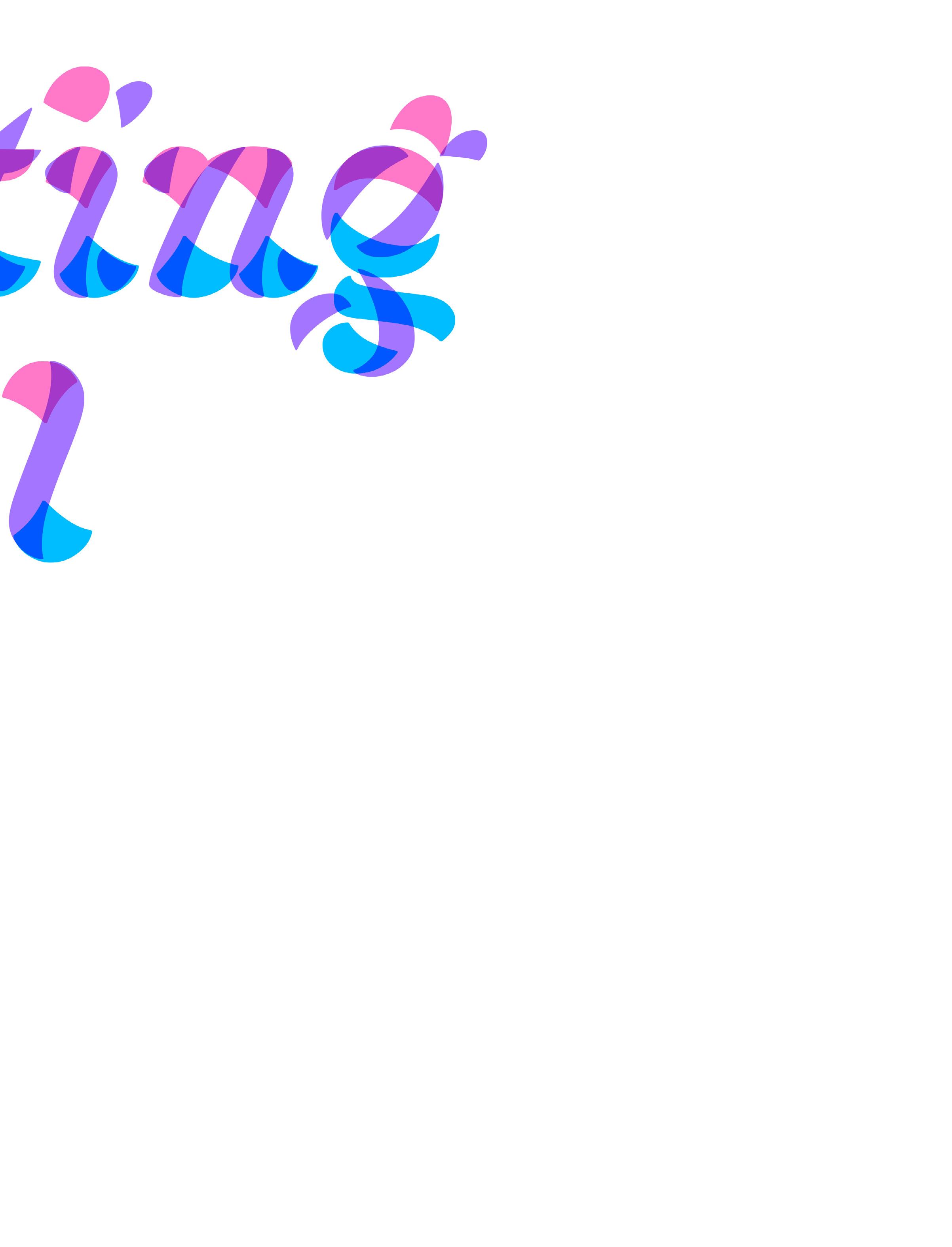

Reflection is a key component of experiential learning at the d.school, and developing reflective skills is an important learning outcome in itself. I’ve created an AI tool— called Riff—to help people get better at reflection. This tool is part of a broader—not new—question of how technologies can transform the ways we teach and learn.
In d.school classes and workshops, learners from Stanford and beyond reflect at different moments during an activity (not just at the end). Reflection helps them notice their first-hand experience and contrast it with that of their peers and with theories they might pull from different disciplines.
For the past few years, I’ve been trying different approaches to help students develop reflection skills and habits within my courses and, more recently, in asynchronous, self-directed ways. For that, I’ve used rule-based conversational agents (a.k.a. chatbots) to guide students through reflection exercises. (Many of these exercises also appear in my book Experiments in Reflection.)
The recent advent and wide accessibility of powerful AI technologies based in Large Language Models (LLM) allowed me to use conversational agents to build on my previous reflection experiments and create a tool that dynamically generates questions starting with the learner’s input.
Through conversation, Riff might ask the learner to:
• Elaborate and be more specific in describing what they noticed from their experience.
• Contrast the current experience with other past or hypothetical experiences.
• Go beyond the first thing they noticed.
• Think of how their future actions might be different.
While I have yet to conduct a controlled experiment, my hypothesis is that, all other things being equal (time, context), these personalized and conversational nudges result in a deeper reflection than a response to a single reflection prompt.
My hope is that, by using Riff, learners will be able to reflect deeper when using it and it will develop their ability to reflect on their own, with or without the aid of Riff or other humans.
Don’t take my word for it. Try it yourself!
I invite you to reflect with Riff on a recent experience or a favorite topic of yours (you could also reflect on what you are taking away from this essay: did it spark any new questions, insights, or ideas?) Be mindful that I’ll be able to read your reflections, but they are anonymous. Use the QR code on the next page.
61 d.SCHOOL YEARBOOK 2022 2023
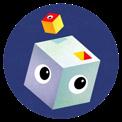

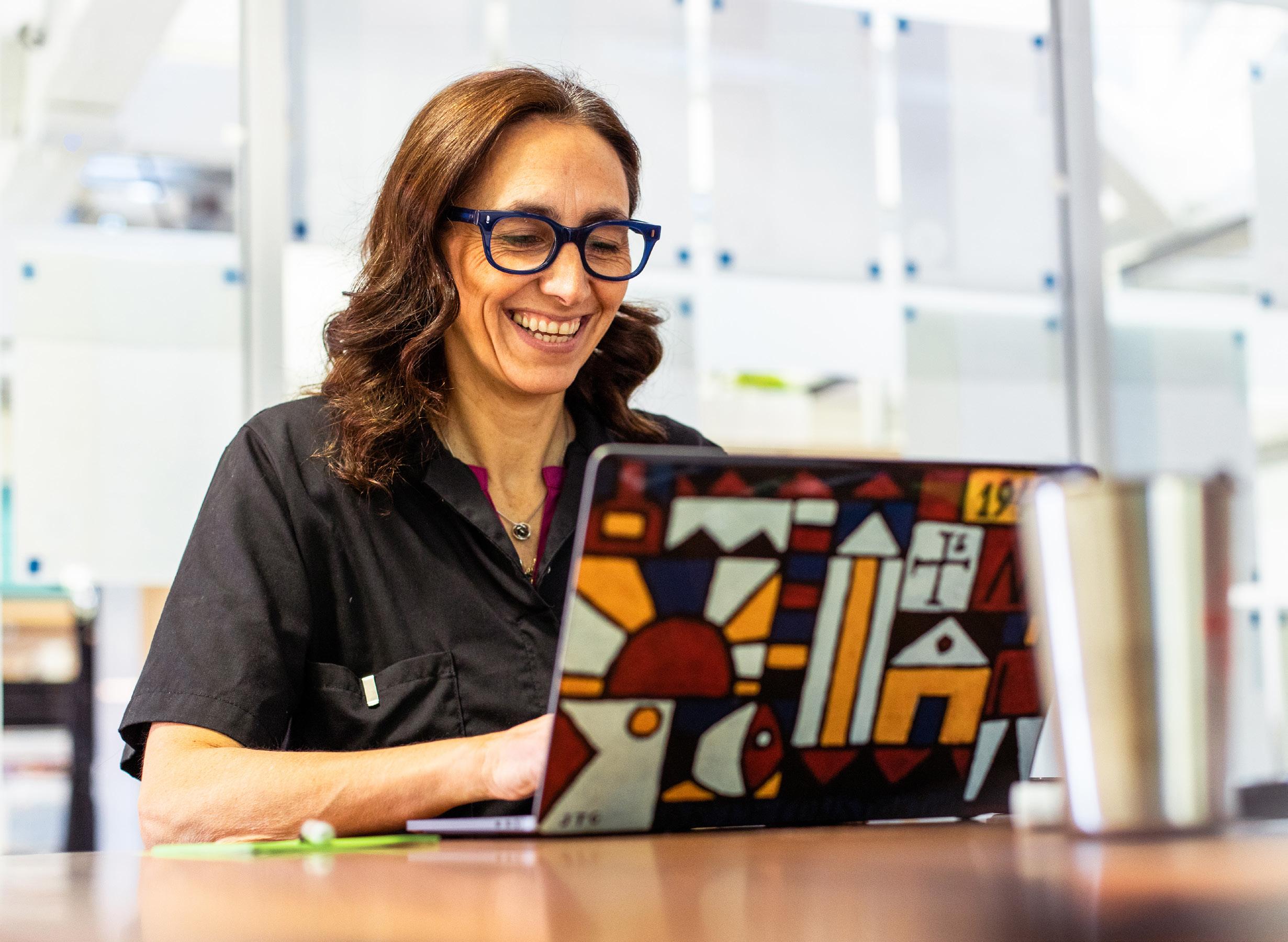


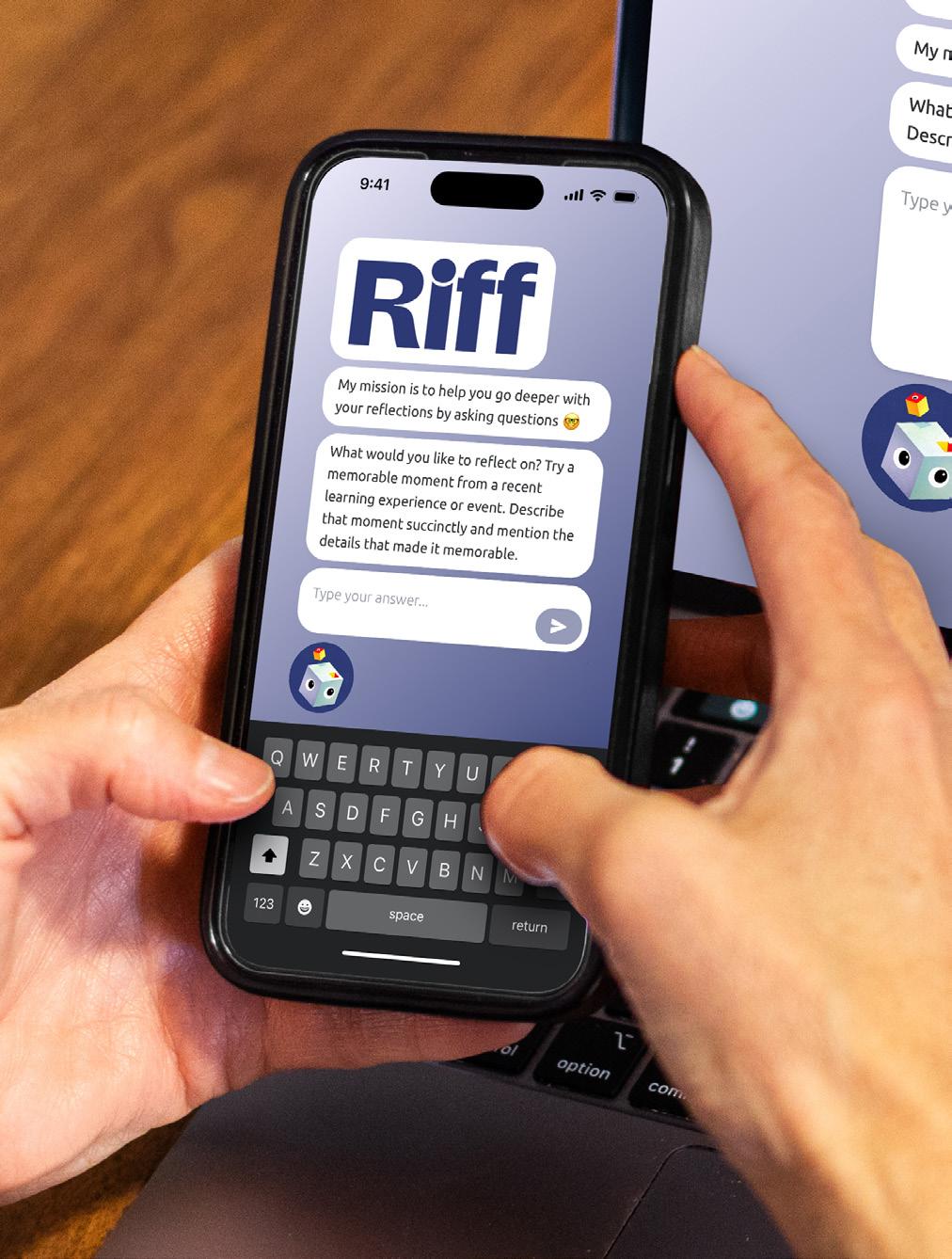
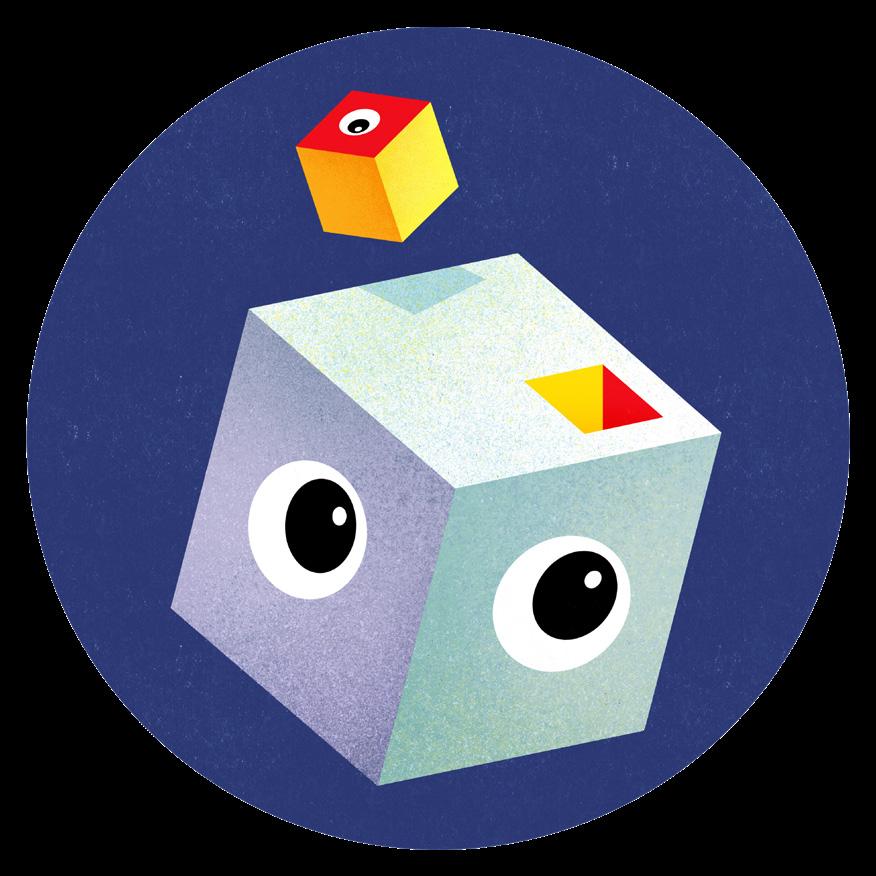
Click here to read more
Our academic portfolio serves undergraduate Design and Product Design populations, graduate Design and Design Impact students, and students from across the Stanford campus who enroll in our elective courses.
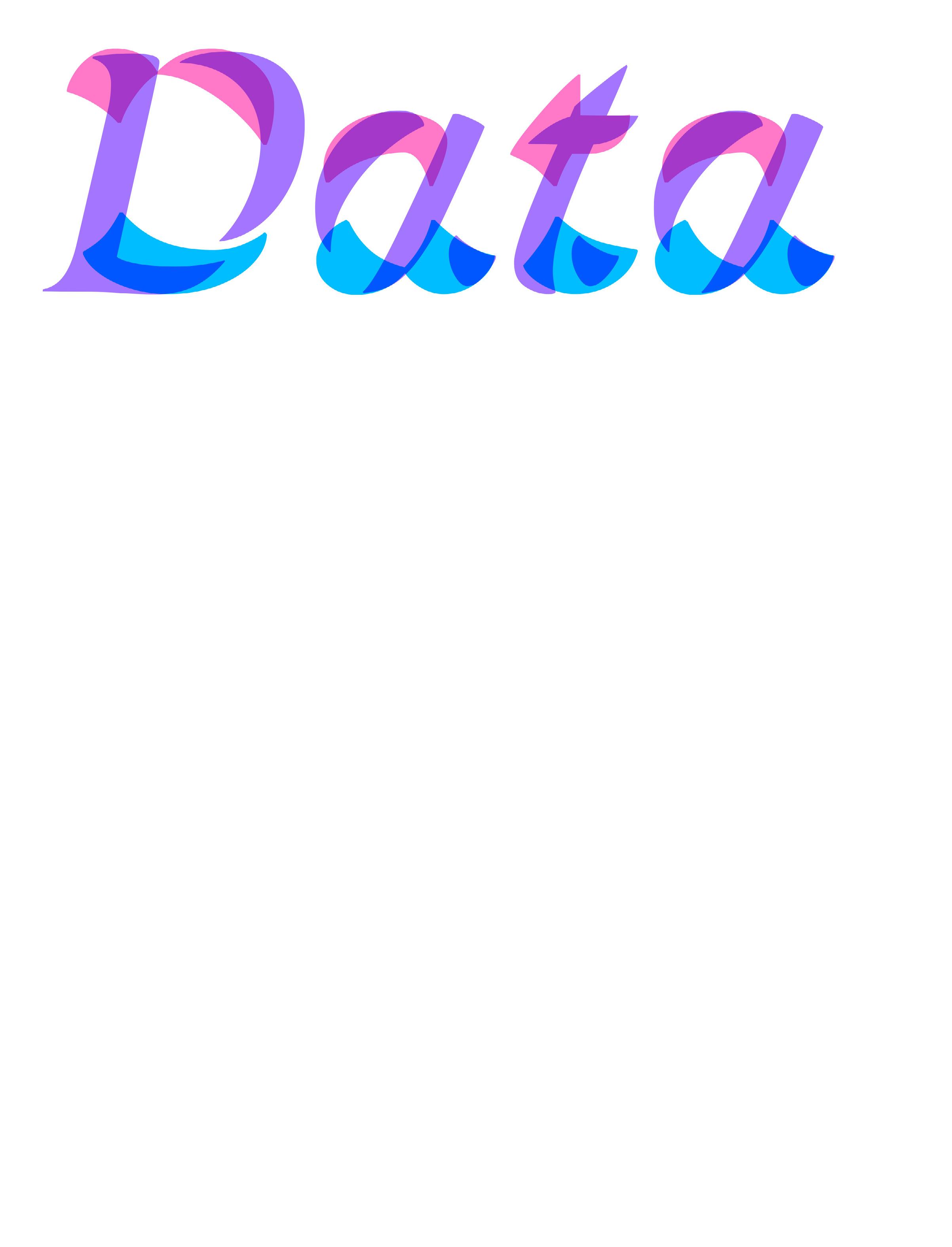
In 2022–2023, our academic programs expanded to include both an undergraduate program and graduate program in addition to our legacy elective course portfolio. The year brought new instructors and students into the d.school Academic Collective and launched the first cohorts of BS and MS Design students at Stanford.
Classes
The courses across the d.school offered 1,627 learning experiences for Stanford students (total number of students enrolled) in the Design programs and beyond.
The number of students served by our elective program has returned to pre-pandemic levels. These students enrolled in traditional quarterlong courses as well as new experimental course formats: Bottle Rockets and Make/Shift events were designed to test course concepts and curriculum.
DATA
62
24 Undergraduate + Graduate Design Courses 38 Elective Courses
64
Students
Number of unique students in each academic program
149
Undergraduate Design Students

Graduate Design Students
Elective Students
Instructors
Our instructor community consists of 90 student-centered contributors from across industry and academia. The emphasis of practitioners teaching d.school classes offers a rich texture of applied and handson experience and expertise that benefits the student learning experience. Each year, a portion of our overall community is new to teaching (22% in 2022-2023), offering new perspectives and collaborations.
Instructor # Classes Taught
Instructor Home Disciplines
80% 36% 2% 1 d.school class this year Taught 2 classes Taught 3 or more
Industry 31% Design 50% Academia 19%
28
50%
50%
65 d.SCHOOL YEARBOOK 2022 2023
Graduate
Undergraduate
Diversity in Discipline
Electives Only
The elective courses in our Academic Collective is the place where students from Stanford’s 7 schools are able to explore design. Here you’ll see the distribution of home departments or majors of the graduate and undergraduate students enrolled in d.school elective courses during the 2022-2023 academic year.
d.school Students
Stanford Students
5%Medicine 13% Education 38% Engineering 9% H&S 27% GSB 24% Humanities&Sciences 11% GSB 7%Law 14%Medicine 3 7 % E n g i n e e r gni 4% Law 4%Sustainability 3% Education %94 Udn e c l a r e d 21%Engineering 28%Humanities&Sciences 2% Sustainability 38% Engineering 25% Humanities &Sciences 26%Undeclared 10% Sustainability DATA
66
By Gender
We continue to operate counter to the narrative of design as a male-dominated space and traditionally serve more femaleidentifying students than male. Our instructor population is a more even distribution between male and female than the broader School of Engineering and Stanford campus.
By Racial Diversity
Students Only
2022-2023 is the first year we are looking at the racial diversity of students across the undergrad, graduate, and elective programs. Cumulatively, the racial diversity of the student body mirrors the Stanford student body closely.
66% 34% Male Instructor Gender 53% 47% Female Male Student Gender Female d.school Instructors All Stanford Faculty 40% 60% 48% 52% 54% 46% d.school Students All Stanford Undergrads All Stanford Grad Students d.school Students Grad + Undergrad For–Credit Classes Stanford Students Grad + Undergrad White Asian International Native Hawaiian or Pacific Islander Hispanic or Latino Two or more races
Black or African American American Indian or Alaska Native 6% 6% 23% 22% 13% 8% 26% 26% 21% 2 2% 14% 10% <1% <1% <1% <1% <1% <1% Instructors Students
Unknown/ Declined to Say
67 d.SCHOOL YEARBOOK 2022 2023
2022 2023 d.school Contributors –
Valeria Aguayo
Sevim Aktas
Jessica Aldrich
Irene Alisjahbana
Tania Anaissie
Erik Anderson
Kwaku Aning
Daniela Arango
Lindsey Armeen
Ignacio Arriaga
Ilya Avdeev
Kayla Barbour
Rose Barcklow
Michael Barry
Giana Bartko
Alastair Bate
Ryan Baum
Patrick Beaudouin
Cynthia Benjamin
Marissa Berrong
Gurvinder Singh Bhatia
Rohith Bhupathi
Gordon Bloom
Noah Borden
Thomas Both
Bruce Boyd
Dennis Boyle
Brendan Boyle
Maddy Branham
Colton Brasel
Leticia Britos Cavagnaro
Bryan Brown
Jennifer Brown
Camila Buenaventura–
Márquez
Charlotte Burgess–Auburn
Whitney Burks
Bill Burnett
Courtlandt Butts
Bruce Cahan
Emily Callaghan
Julieta Caputo

Jessica Carlson
Michelle Carney
Carissa Carter
Nathan Carter
Susie Chang
Renée Chao
Michelle Cheng
Joanne Cheung
Durga Dinesh
Chintapalli
Vicky Chung
Thomas Clifton
Katherine Cobb
Stuart Coulson
Rich Cox
Michael Crawford
Nancy Cuan
Lara Von Däniken
Logan Deans
Tracy DeLuca
LaQuawne DePriest
Doug Dietz
Scott Doorley
Steve Downs
Milan Drake
John Edmark
Anthony Edwards
Kirk Eklund
Drew Endy
Meghan Everette
Isaac Ewell
Marley Ewell
Glenn Fajardo
Humera Fasihuddin
Jon Feiber
Elysa Fenenbock
Patrick Fenton
Justin Ferrell
Christy Fletcher
Sean Follmer
John Fontaine
Tessa Forshaw
Tim Foxx
Isaiah Freeman
Daniel Frumhoff
Vida Mia Garcia
Dayana Garza
Parker Gates
Nariman Gathers
Karleen Giannitrapani
Gianni Glick
Martin Gonzalez
Stacey Gray
Priscilla Grille
Aatish Gupta
Saul Gurdus
Margaret Hagan
Nora al Haider
Maya Hamer
Sabrina Hammell
Jaymes Hanna
Isabelle Hau
Grace Hawthorne
Aleta Hayes
Patricia Ho
Marcus Hollinger
Suzanne Howard
Eveyn Huang
Jonathan Huang
Isabel Huff
Miriam Iliohan
Magdalena Ionescu
Justin Iwasaki
David Janka
Kadee Jankowski
Kysie Jensen
Michelle Jia
David Johnson
Tiara Johnson
Antonina (Nina)
Johnston
Latoya Jordan
Raymond Juballa
Christine Jun
Wim Kamerman
Barbara Karanian
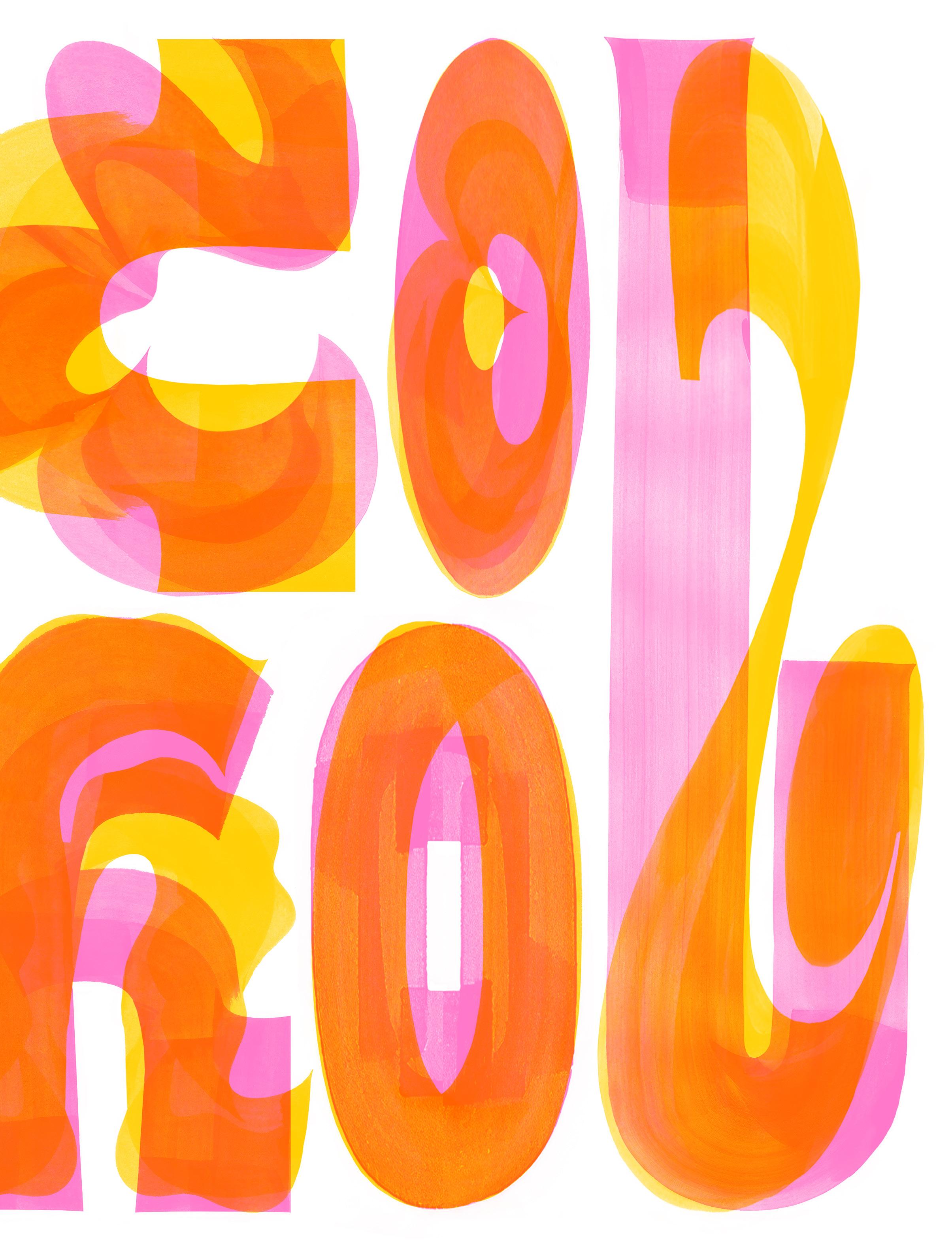
Jill Kasser
Lisa Kay Solomon
Eddie Keefe
David Kelley
Kim Kendall–Humphreys
Sebastian Kernbach
Jess Kessin
Saara Khan
Minjeong Kim
Paul Kim
Perry Klebahn
Marlo Kohn
Koffi Korha
Lennard Korte
Sasumana Vinay Kumar
Jennifer Langer–Osuna
Pher the Legend
Brianna Lewis
Tomohiro Loeer
Rodrigo López
Anna Love
Trinh Ly
Ise Lyfe
Kate Maher
Tom Maiorana
Lupe Makasyuk
Sabrina Manji
Jimmy Manley
David Martinez
María Josefina
Martínez Calero
Laura McBain
Britnee McCauley
Claire Mcgee
Indya McGuffin
Kai Mckinney
Samarth Mendke
Brandon Middleton
Bozena Mierzejewska
DJ Mike
Haruka Minemura
John Mitchell
Yusuke Miyashita
Ariam Mogos
Louie Montoya
Laurie Moore
Myisha Moore
Shafeqah Mordecai
Lanka Mounica
Diego Muñoz
Peter Musenge
Srikar Naredla
Lars Neustock
Brett Newman
Jess Nickerson
Alison Nishiyama–Young
Jeff Niu
Kerry O’Connor
Erik Olesund
Zişan Özdemir
Kürşat Özenç
Bill Pacheco
Babitha Padiri
Manish Patel
Dev Patnaik
Jonathan Puhl
Mary Raber
Tara Rahmani
Zoe Randall
Catherine Randle
Ariel Raz
Ron Reed
Taj Reid
Mirella Rivas
Janet Roller
Hannah Joy Root
Greg Rosenbaum
Bernie Roth
Nadia Roumani
Adam Royalty
Josh Ruff
Ghanashyam S
Jeremy Sabol
Naita Saechao Chialvo
Paul Saffo
Scott Sanchez
Lee Sanders
Alex Santarelli
Christina Scavuzzo
Jonah Schenker
Kelly Schmutte
Bill Scott
Carl Scott
Tina Seelig
sam seidel
Debbie Senesky
Abdul Wadood Shaik
Aditya Shasank
Mana Short
Omar Siddiqui
Sara Singer
Meenu Singh
Parwinder Singh
Jacqueline Small
Olatunde Sobomehin
Tamara Sobomehin
Miki Sode
Kimberly Somerfield
Sabrina Stangler
Megan Stariha
Sarah Stein Greenberg
Debbe Stern
Yicheng Sun
Chittayong
Surakitbanharn
Bob Sutton
Anja Svetina Nabergoj
Kehlin Swain
Nick Swayne
Cindy Tang
Jaelene Tatum
Bryant Terry
Amanda Tiet
Julie Tinker
Radha Ravi
Sankar Tirumani
Tatjana Titareva
Jamie Tjornehoj
Jamie Tongol
Kenae Turner
Jeremy Utley
Furkan Varol
Kathryn Velcich
Chitra Venugopal
Morgan Vien
Shree Vijayaraj
Jeni Weber
Leslee Weible
Adam Weiler
Syeedah White
Justin Willow
Matt Winters
Susie Wise
Scott Witthoft
Eli Woolery
Marcela Yeckle
Manasa Yeturu
Seamus Yu Harte
Yuri Zaitsev
Kelly Garrett Zeigler
Zio Ziegler
Scott Zimmer
Special thanks to our partners and collaborators this year, including Bill & Melinda Gates Foundation, Siegel Family Foundation, GS Group, Chan Zuckerberg Initiative, and SAP.
CREDITS
Editorial Team
Jennifer Brown
Laurie Moore
Charlotte Burgess–Auburn
Data Acquisition and Analysis
Megan Stariha
Creative Direction, Visual Design, and Typography
Daniel Frumhoff
Ivo Brouwer
Display Type Design
Ivo Brouwer
Section Numbers + Cover + Pillars
Lettering
Ivo Brouwer
Cover + Endpaper + Contributors Lettering
Erik Marinovich
Daniel Frumhoff
Photography
Patrick Beaudouin
Photo Retouching
Daniel Frumhoff
Patrick Beaudouin
Riff Illustration, p63
Nan Cao
Art Consultants
Scott Doorley
Nan Cao
Zrinka Buljubašić
Proofreader
Emily Coughlin
Colophon Surround by Ivo Brouwer
Headline Capitals: Laima by Bogidar
Mascareñas
Signifier and The Future by Klim Type Foundry
Neue Haas Unica by Toshi Omagari
All of the work we do is a collective effort made possible by the d.school team, our teaching community, and the students we serve.
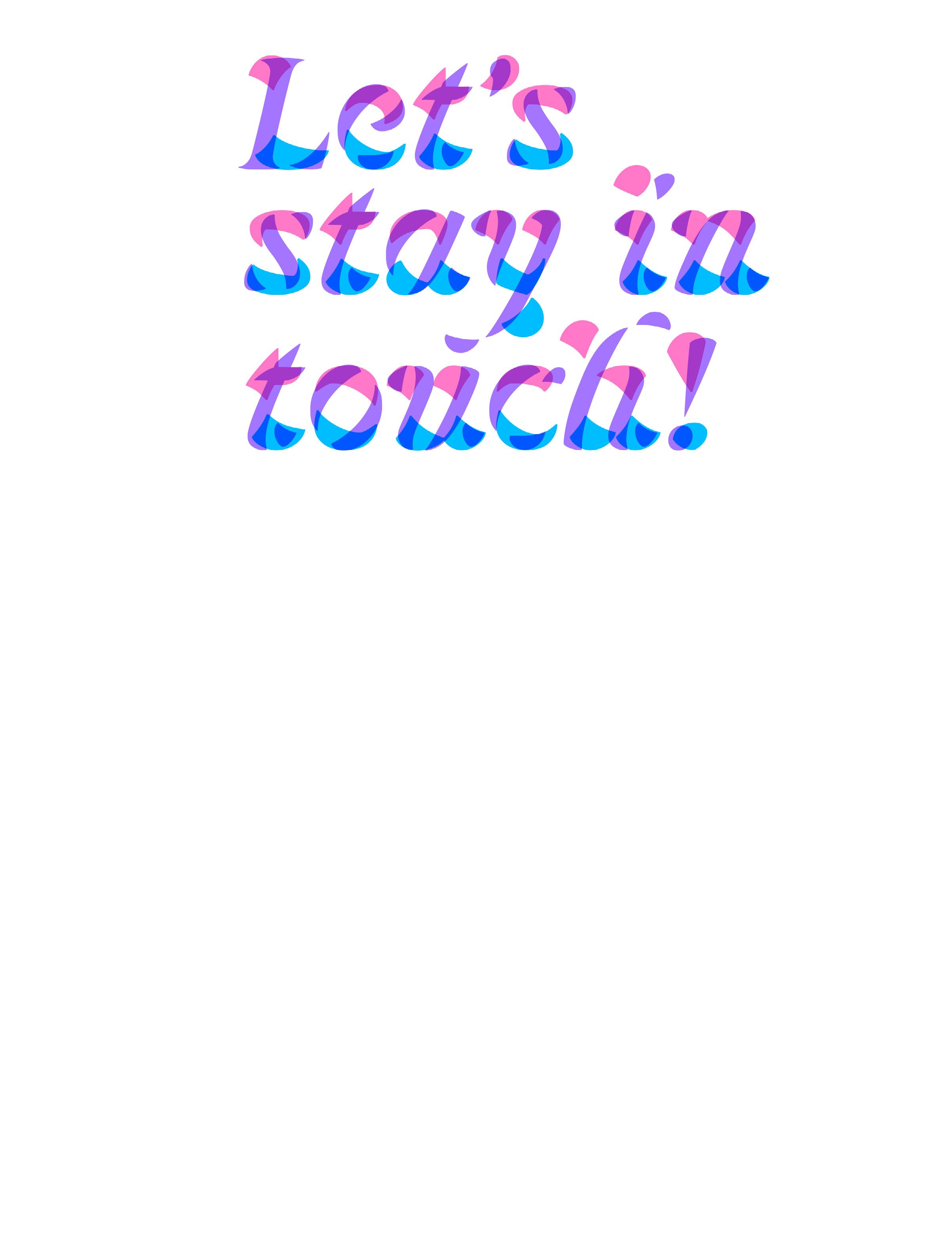
Click here to read more

Thank you for reading this Yearbook. This is just one place where you can catch up on the happenings at the d.school. There are a lot of other places where you can find d.school news, content, and resources. Check them out!
The d.school Newsletter
Receive our email updates to learn more about upcoming events and news. Follow the QR code below to sign up.
Instagram: @stanforddschool
Follow us on Instagram to get a glimpse inside our events, classes, and workshops.
LinkedIn: Hasso Plattner Institute of Design at Stanford (d.school)
Engage with d.school news and get a look at updates from our staff.
Medium: The Stanford d.school
Read more about the methods and ideas behind our work on Medium.com.
Website: dschool.stanford.edu
Our website is full of opportunities for learning and free resources.
Our Books!
Find Creative Acts for Curious People by Sarah Stein Greenberg and all ten books in the d.school Guides series wherever books are sold. And look out for Assembling Tomorrow by Scott Doorley and Carissa Carter due out June 18, 2024. Click the button on page 33 for more details.
About the Display Typeface and Lettering
Surround Typeface
Surround is a chromatic typeface system made for playful typesetting. It consists of 5 unique styles that can be used both individually and superimposed. It is tailored especially for analog overprinting printing techniques like risograph and stencil.
Lettering: The Jazz Band
All the letterforms interpret instrument sounds into visual styles and together, make a band. Different instrument styles combine to play off each other like jazz improvisation. These letters create “rhythmic typesetting” by alternating styles and the amount within a sentence or word.
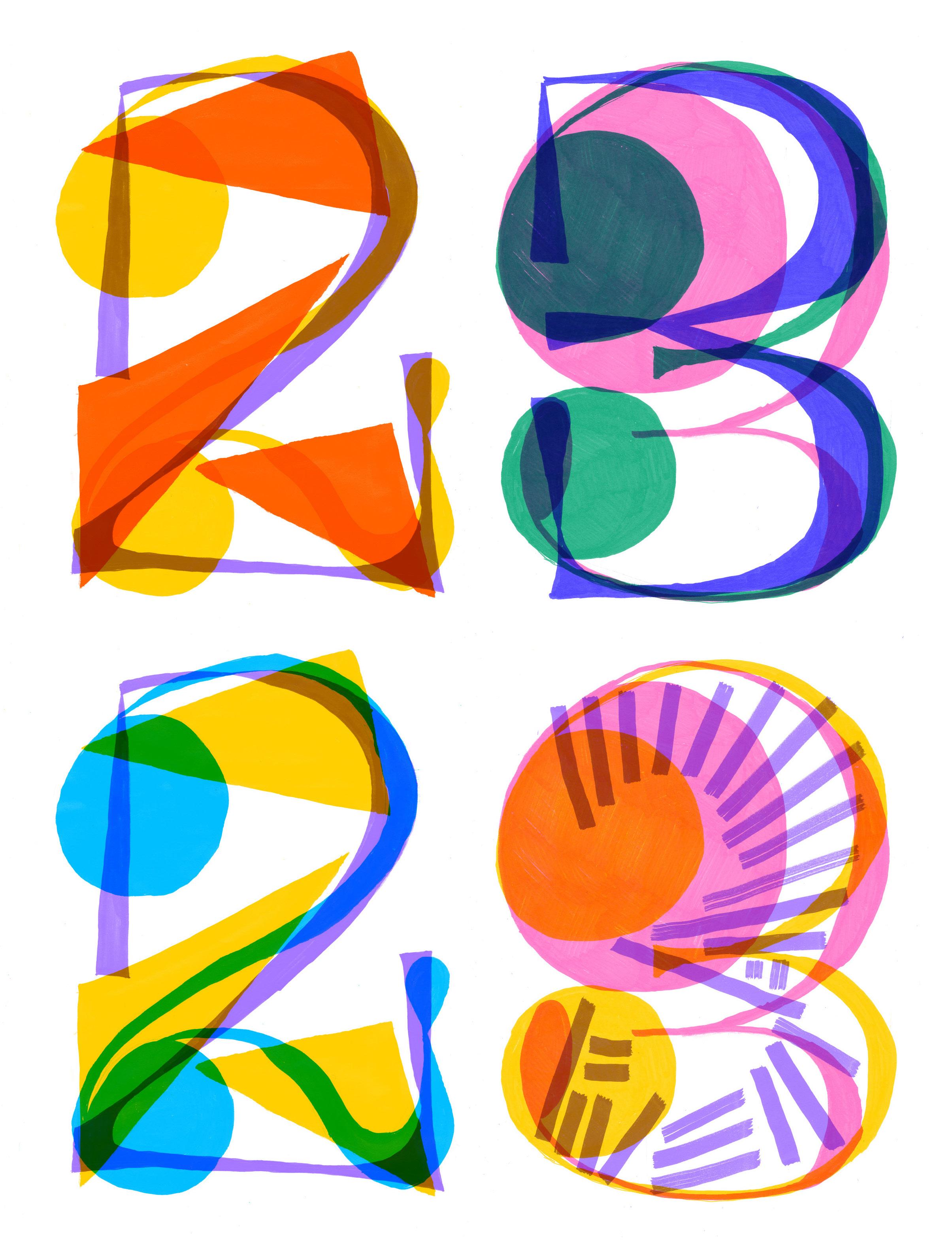
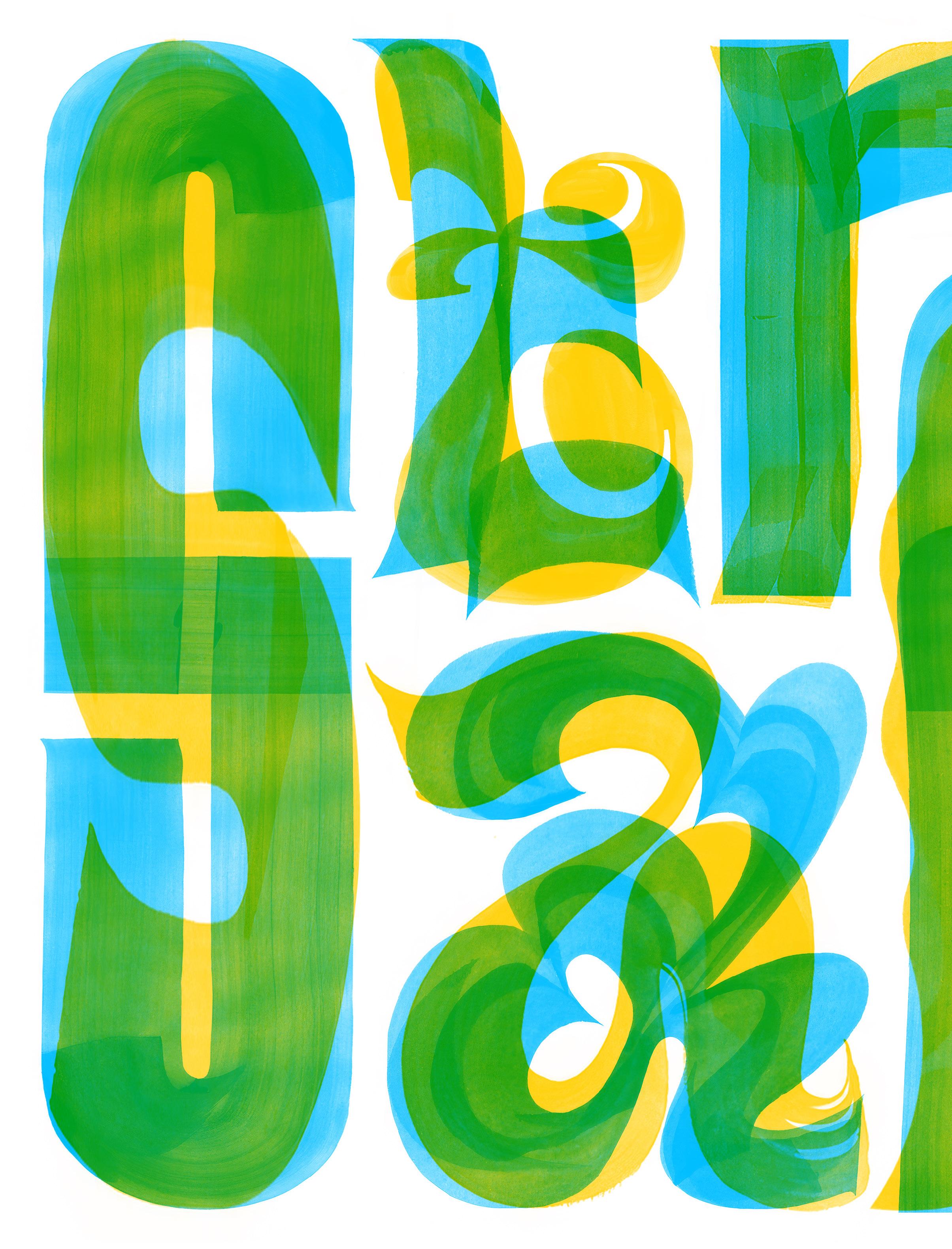






























 By Seamus Yu Harte
By Seamus Yu Harte

























 By sam seidel and Ise Lyfe
By sam seidel and Ise Lyfe














































